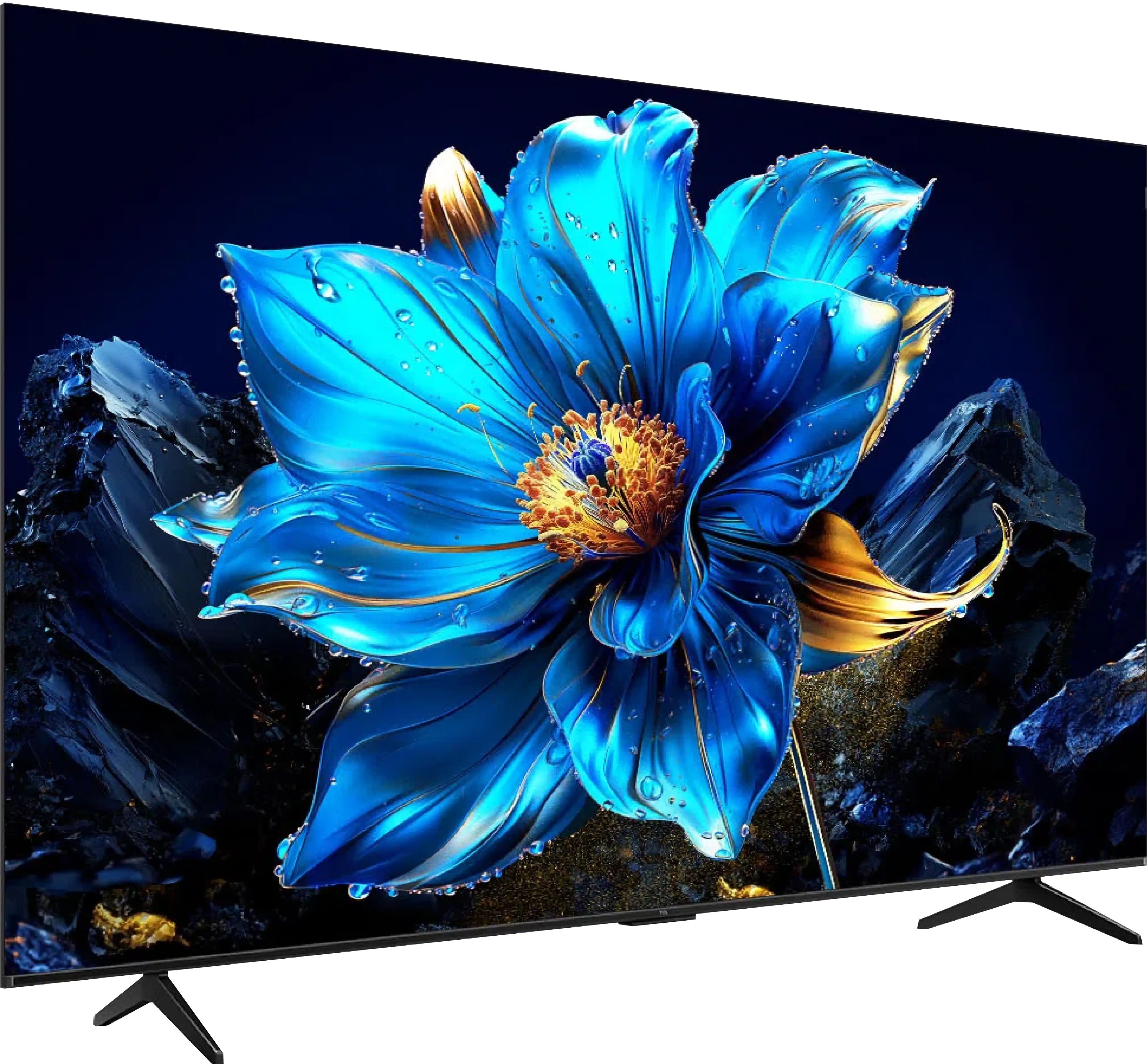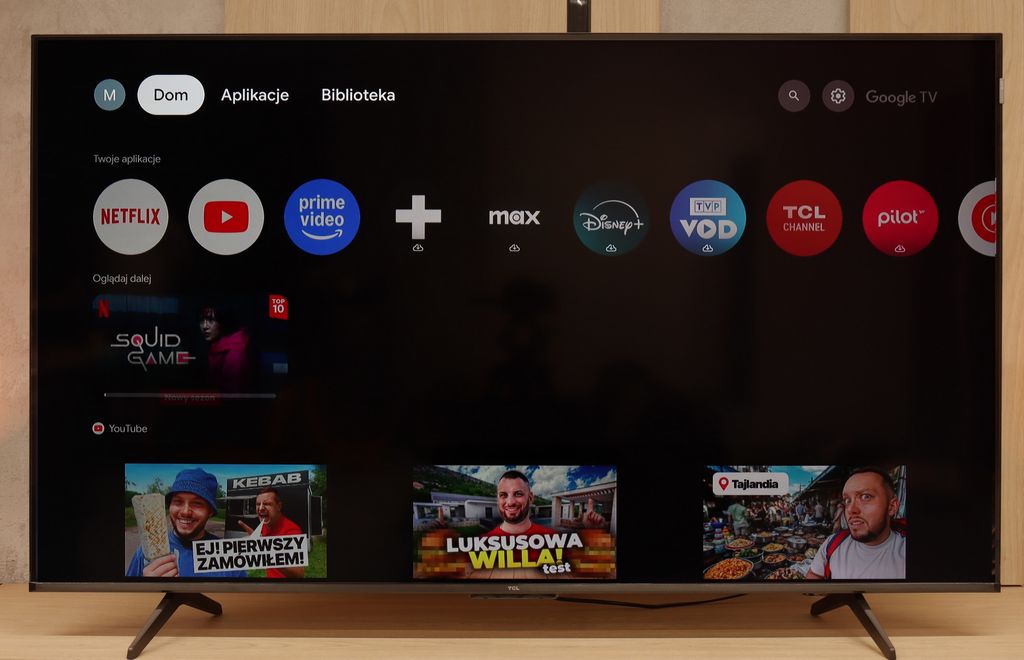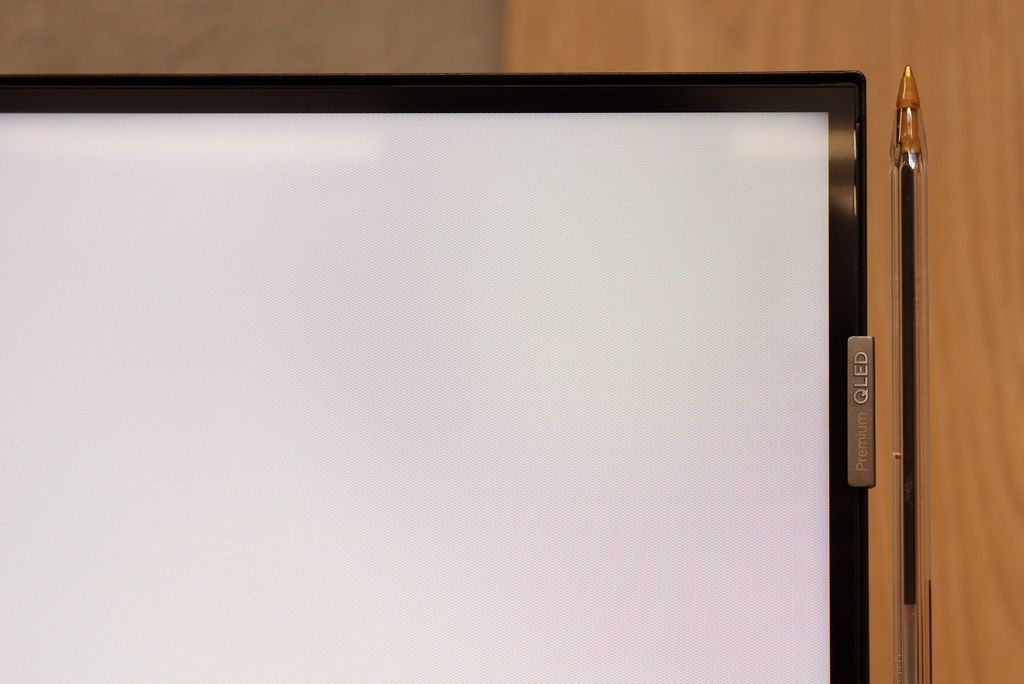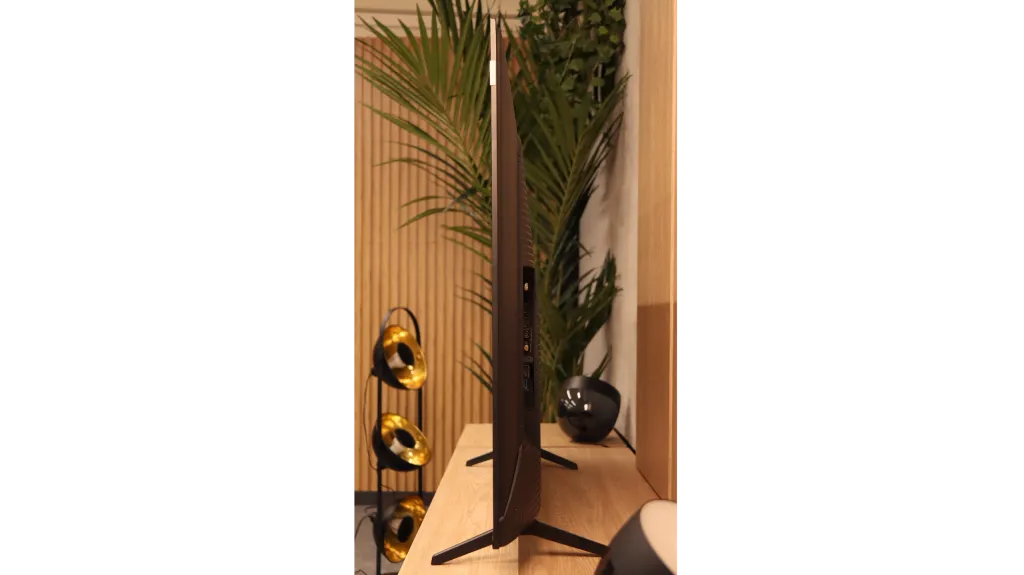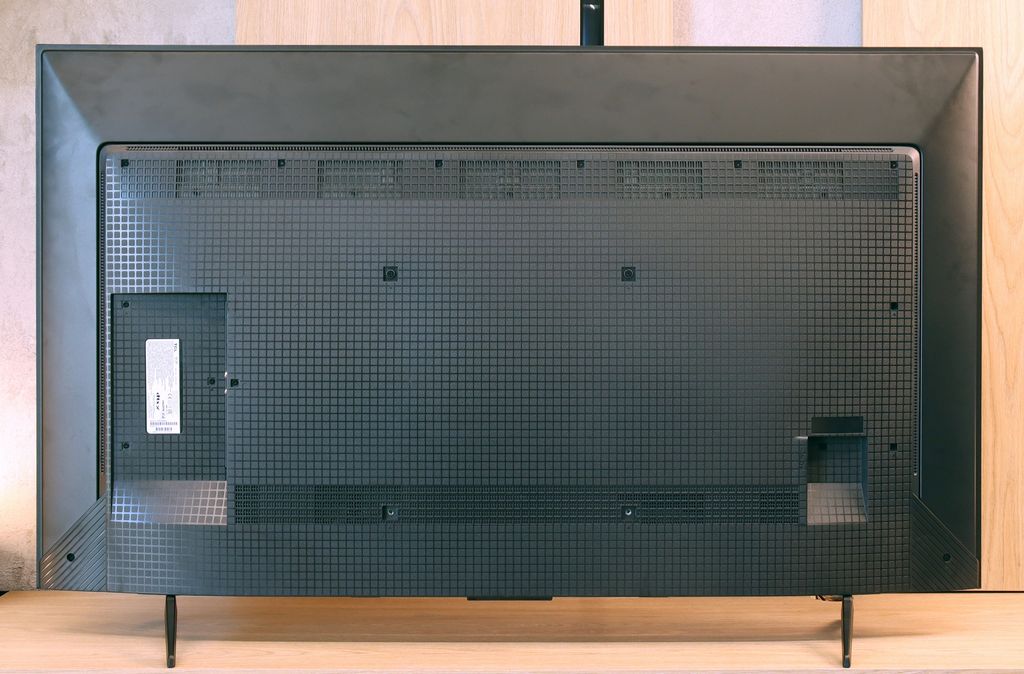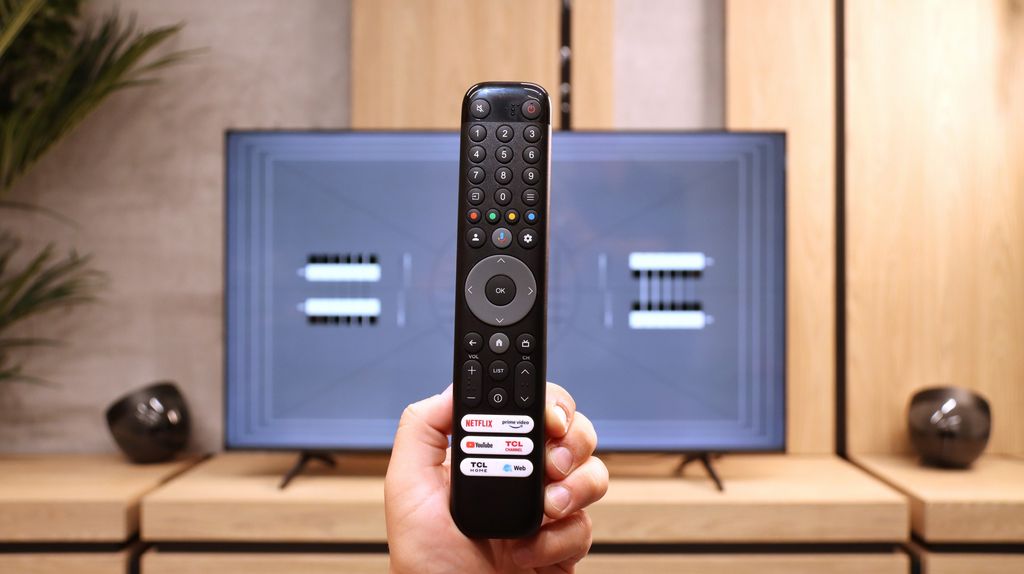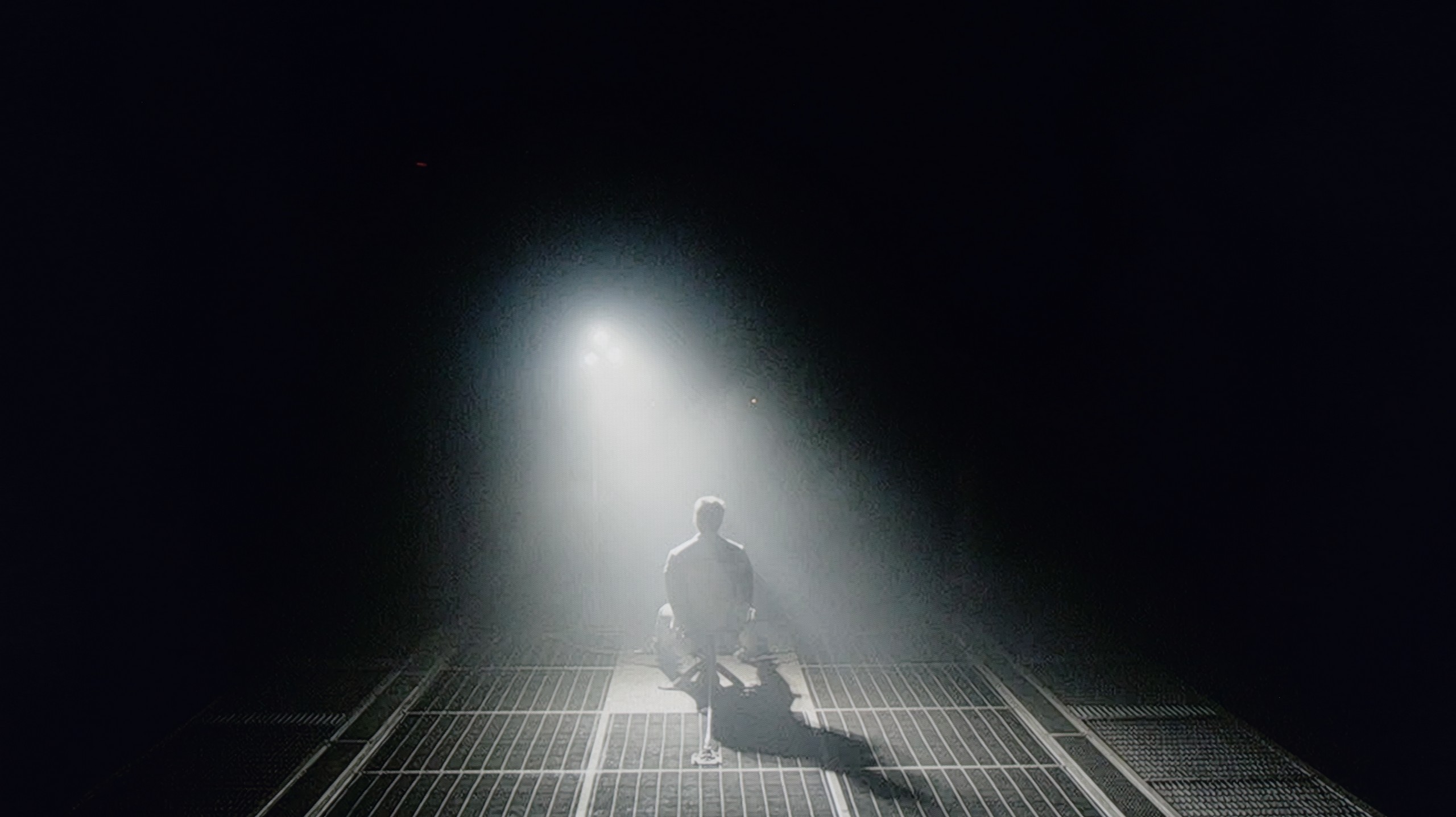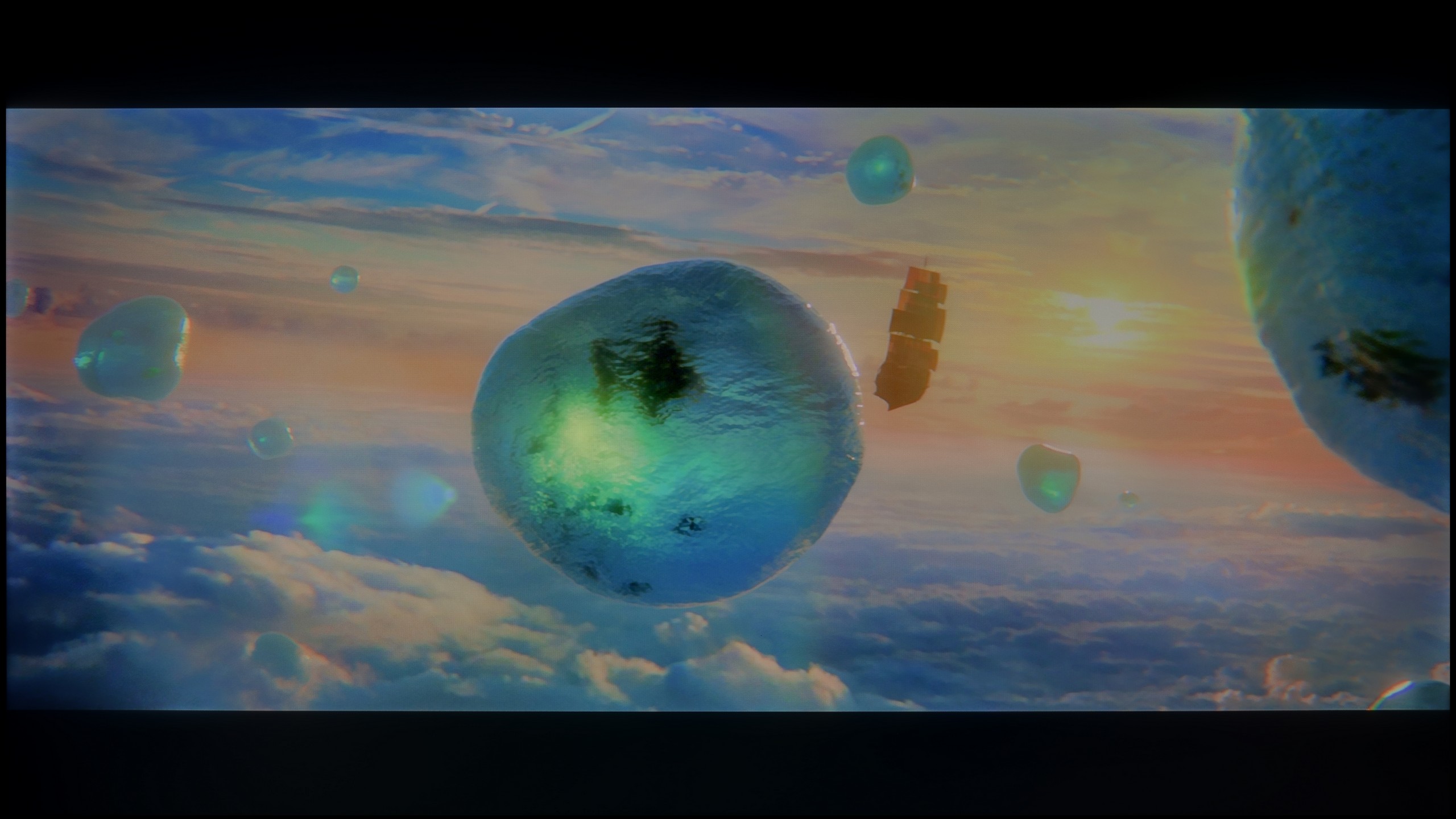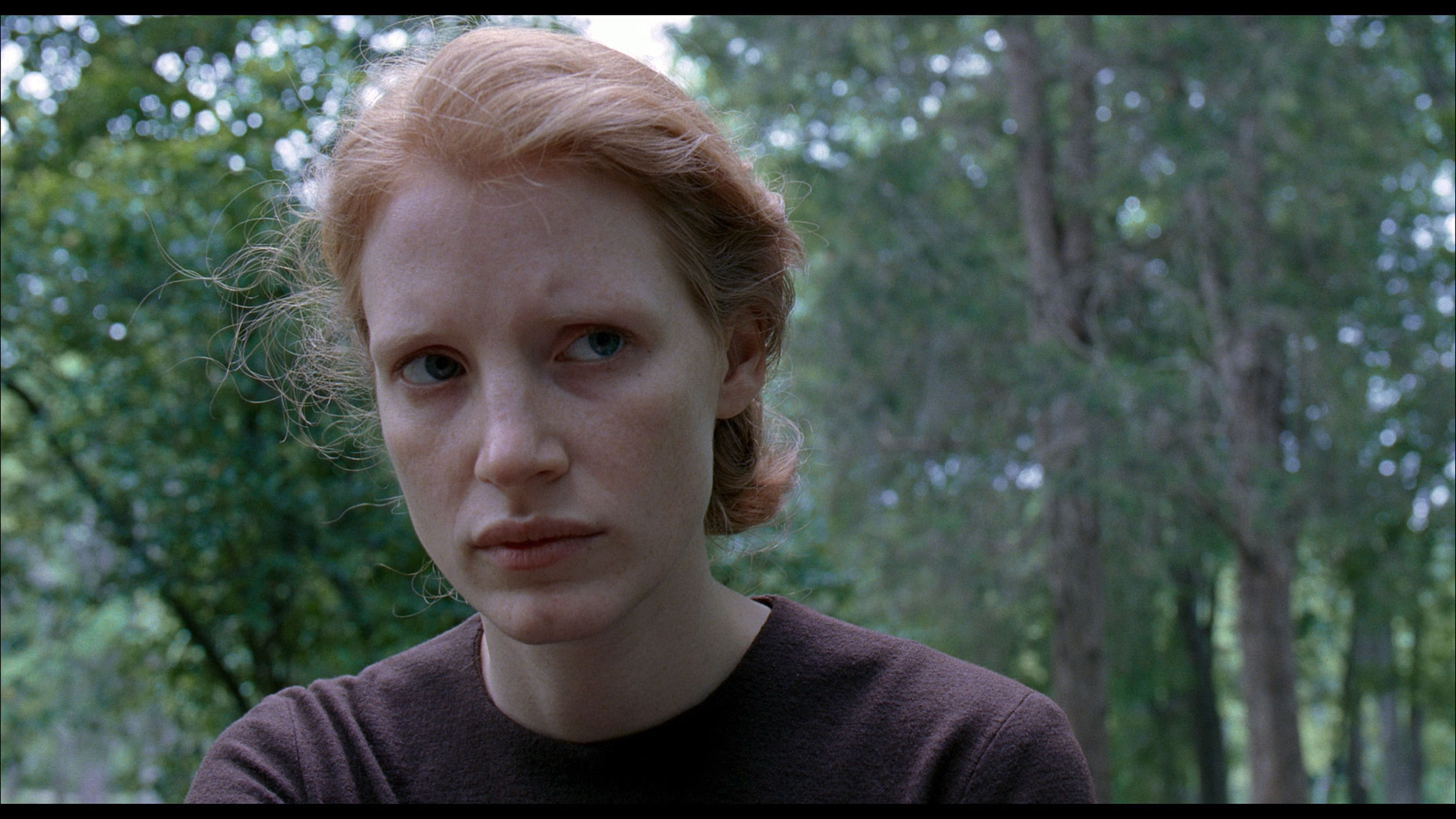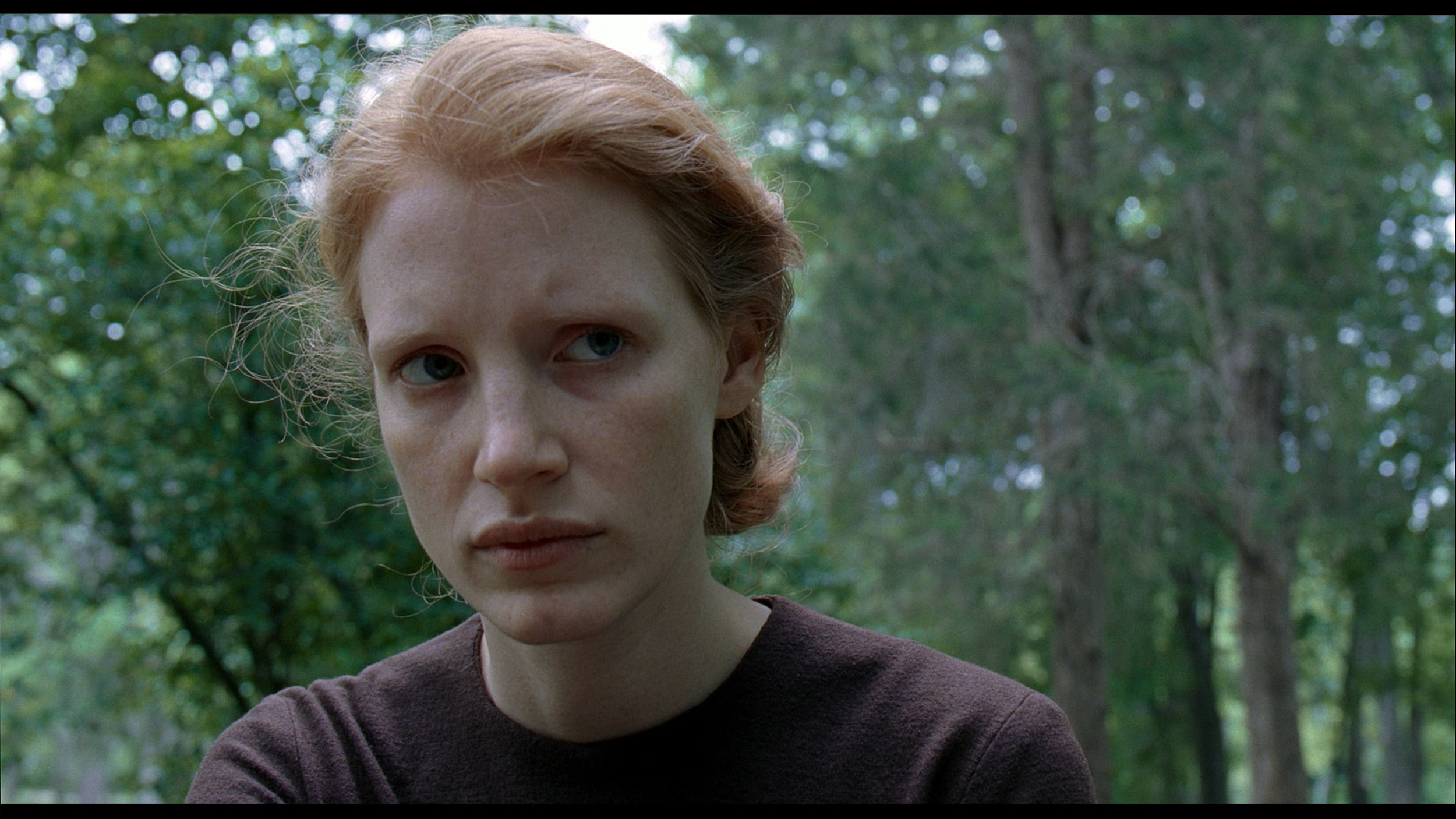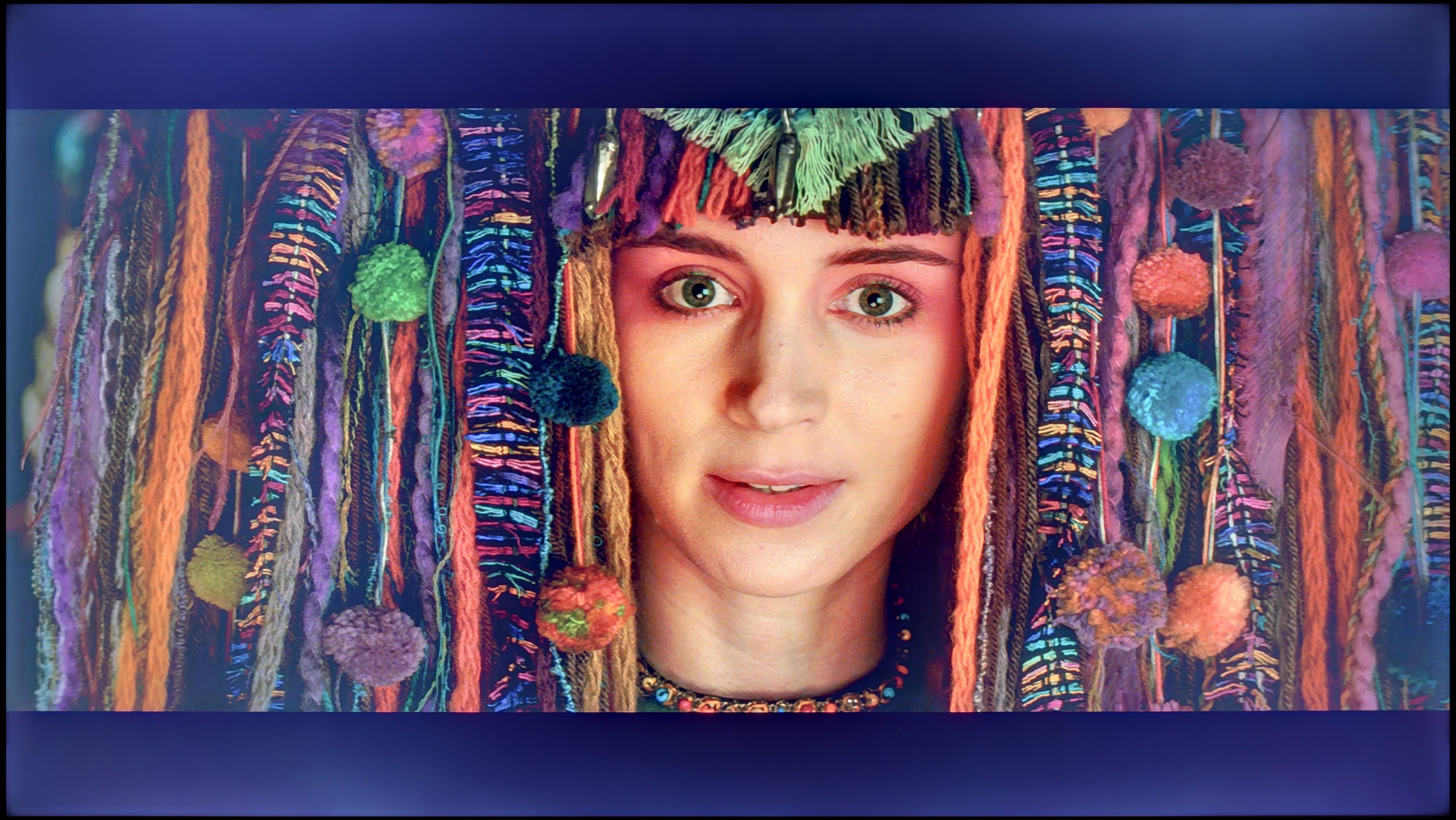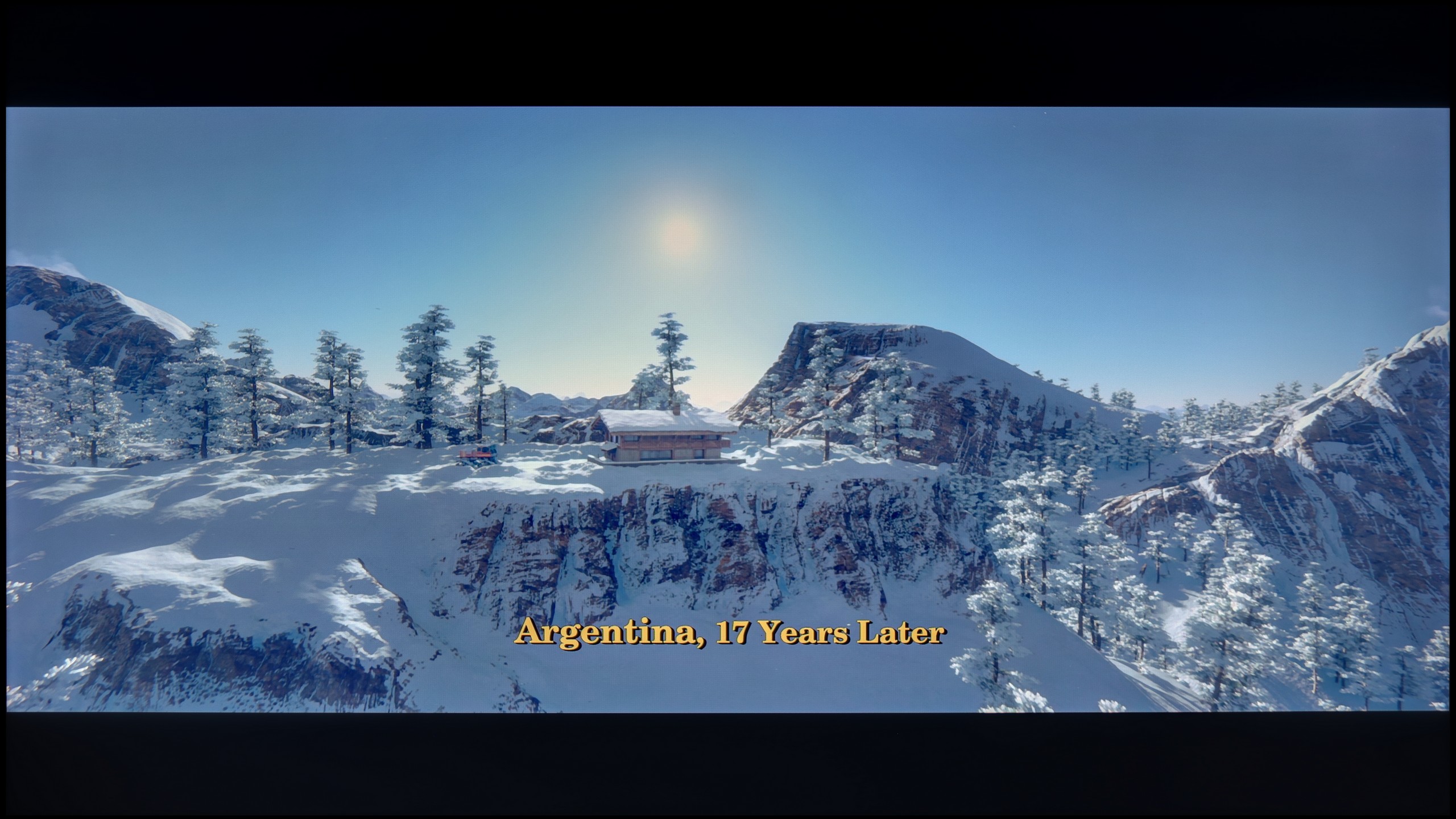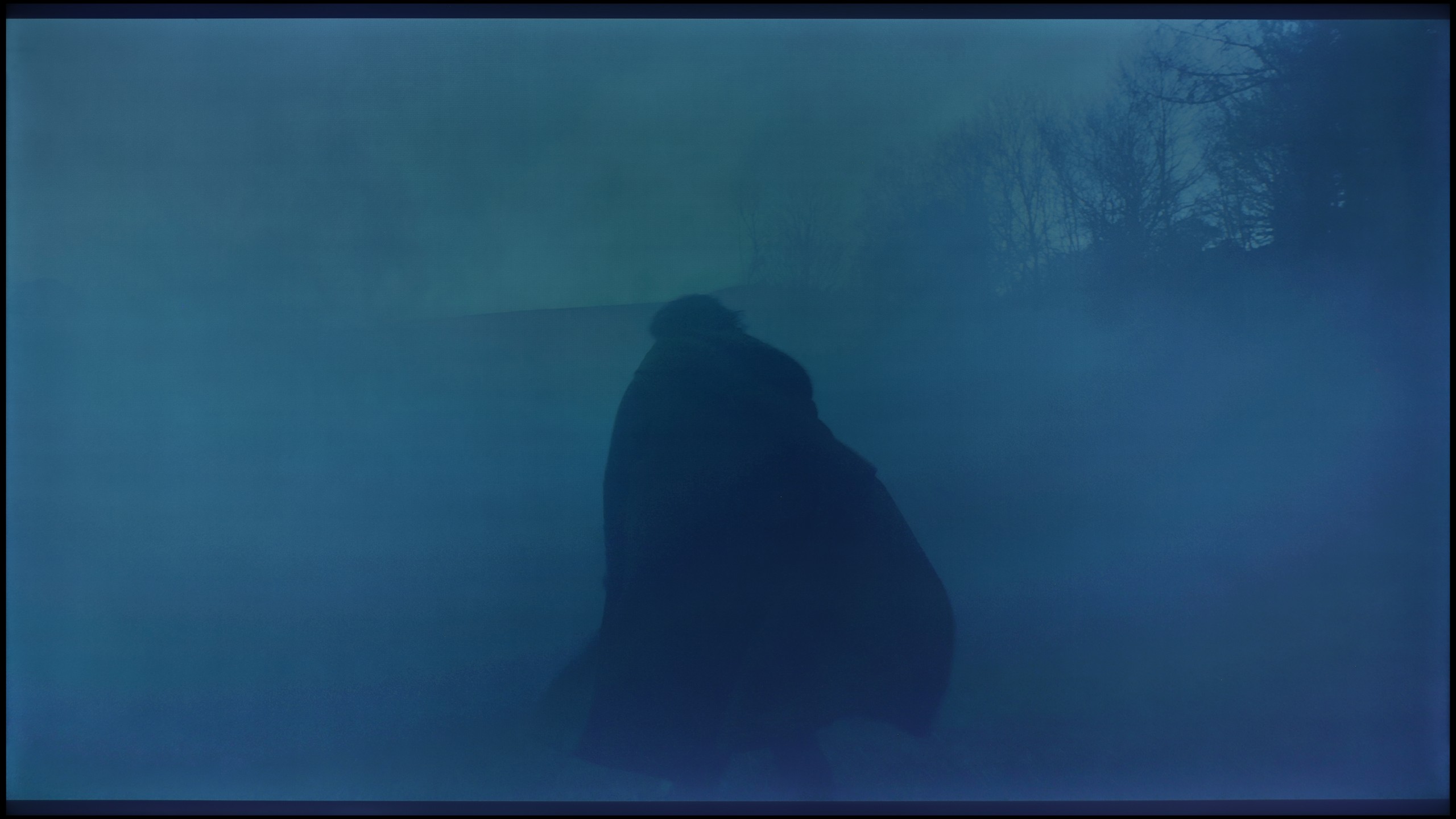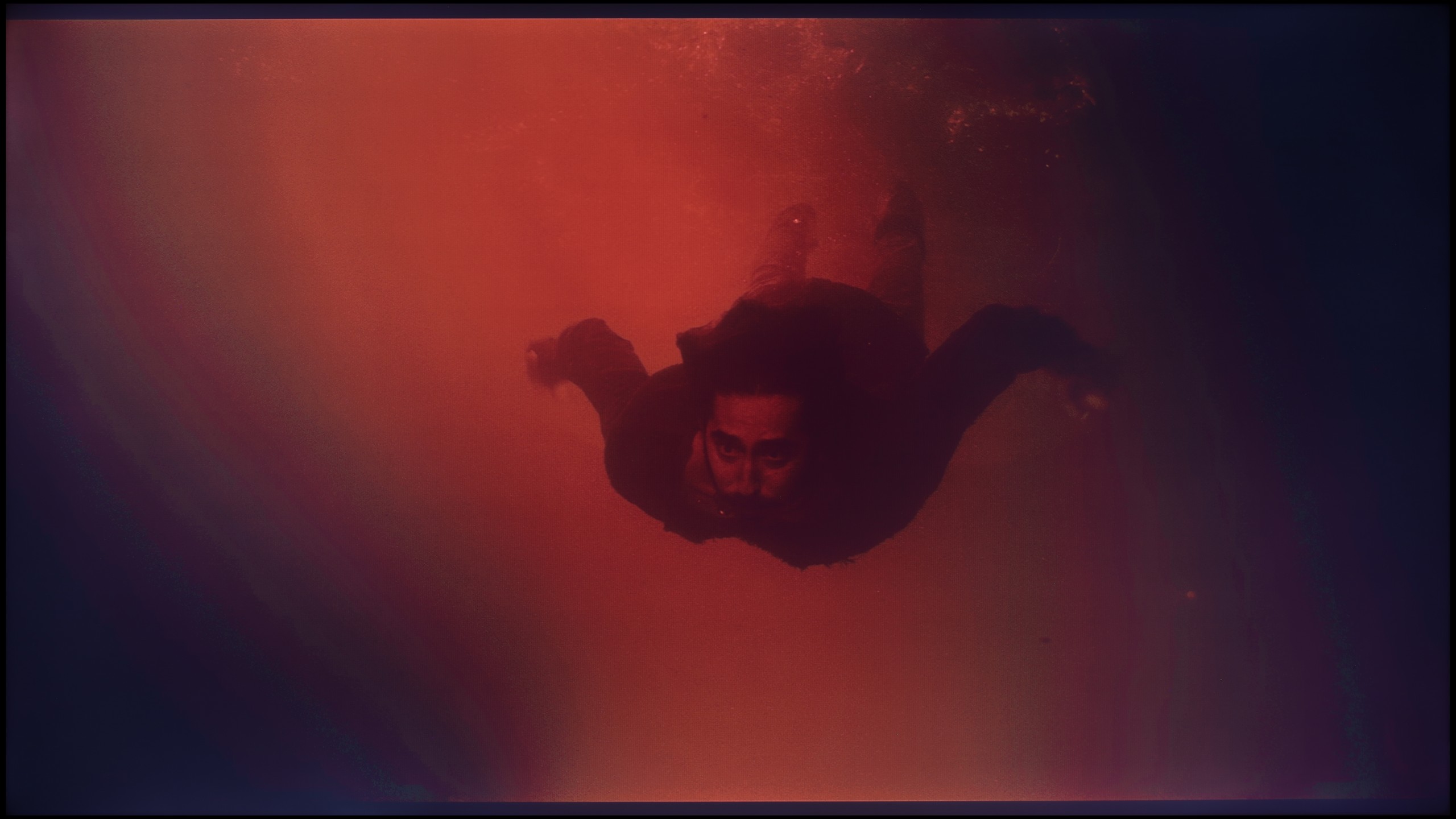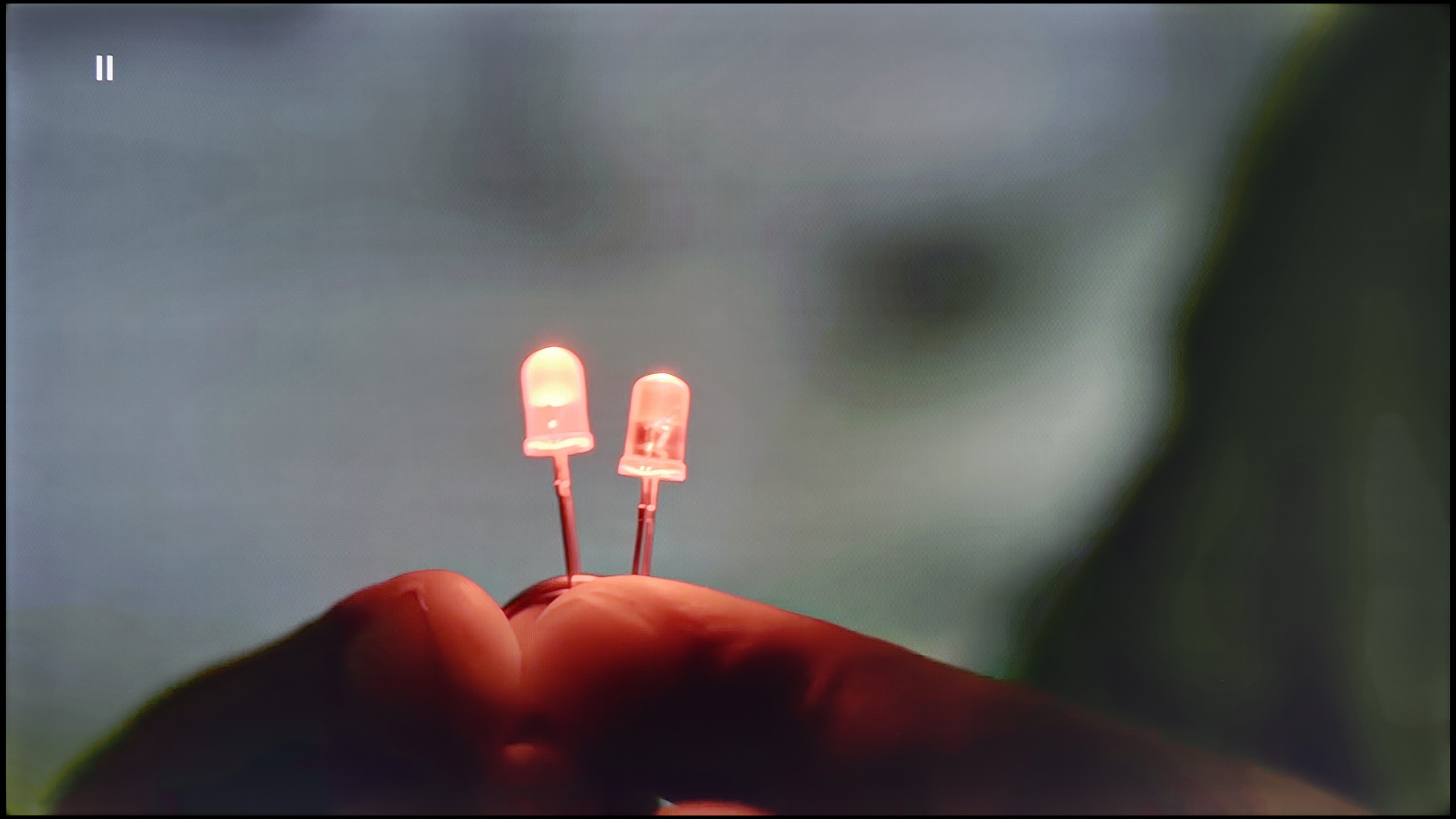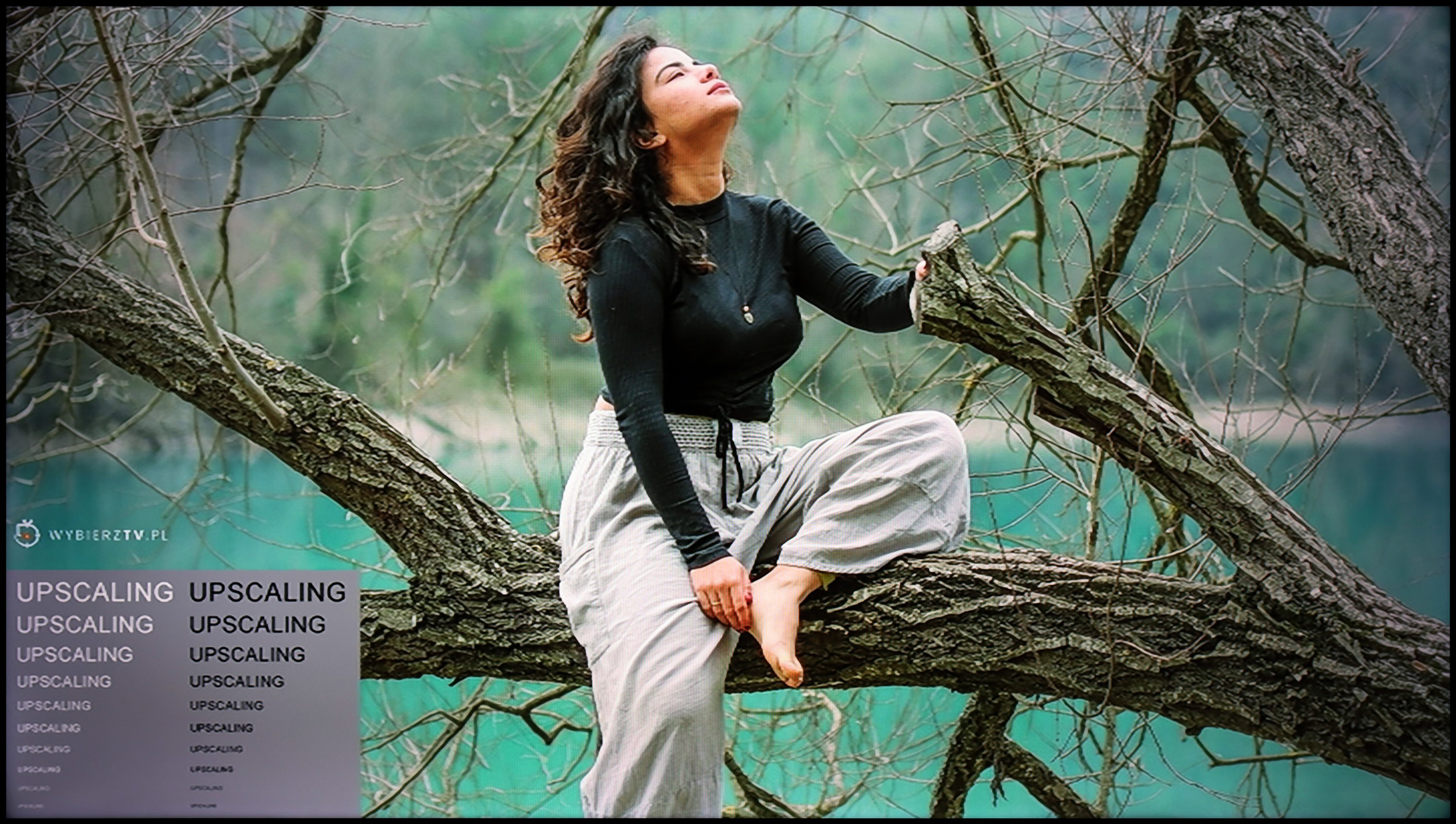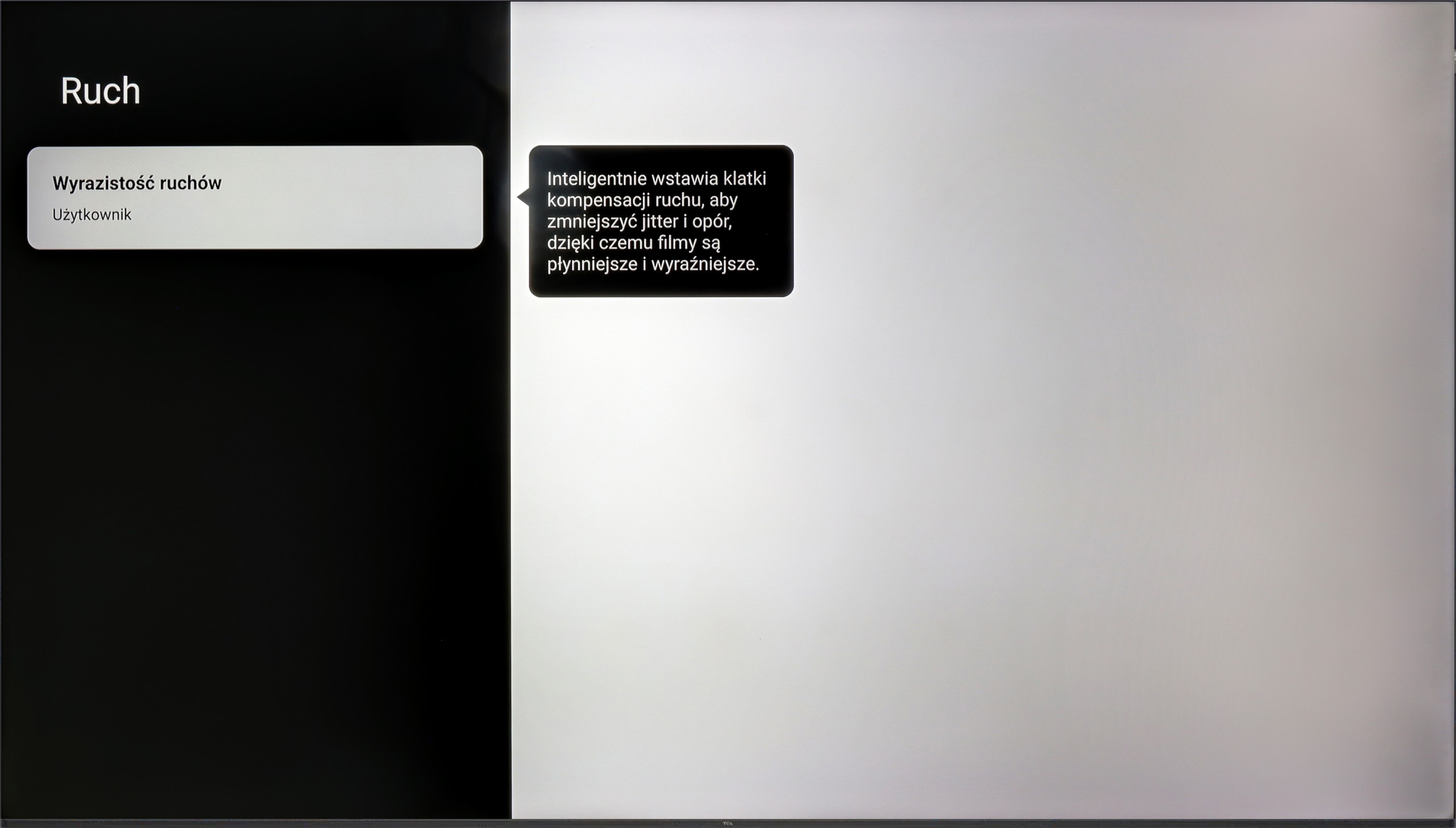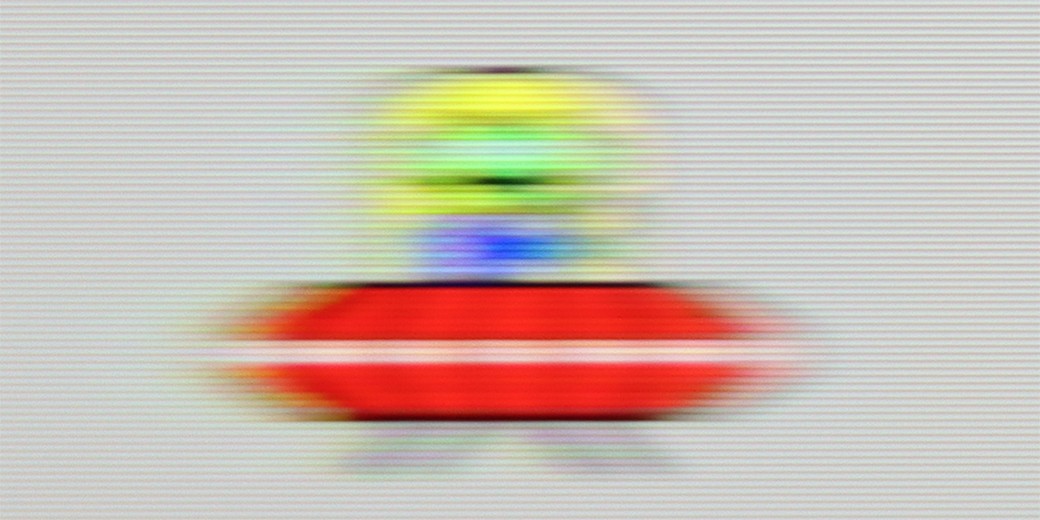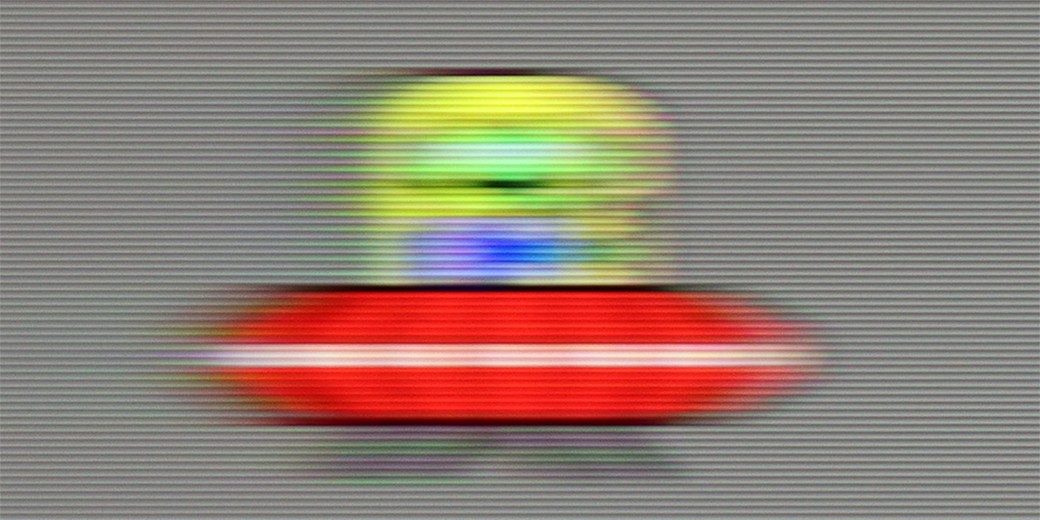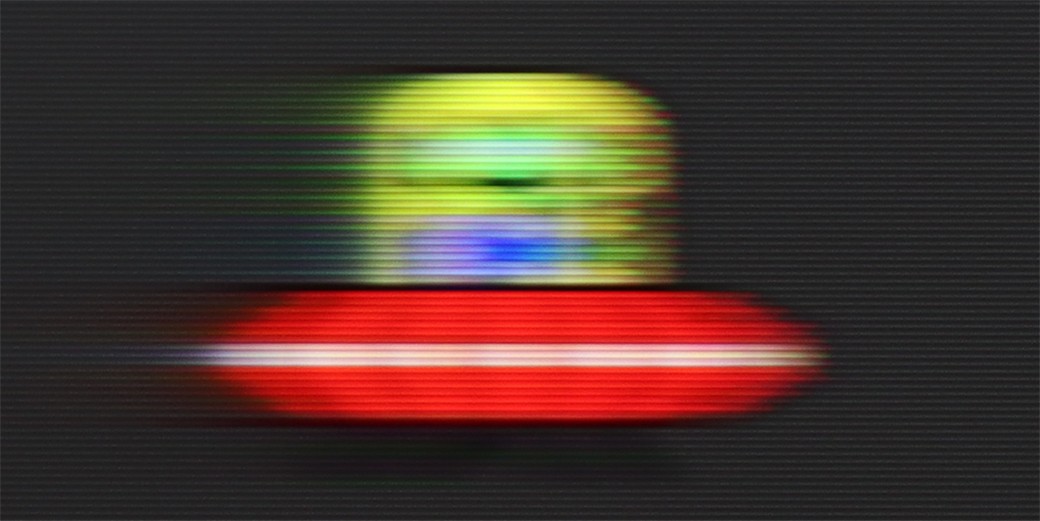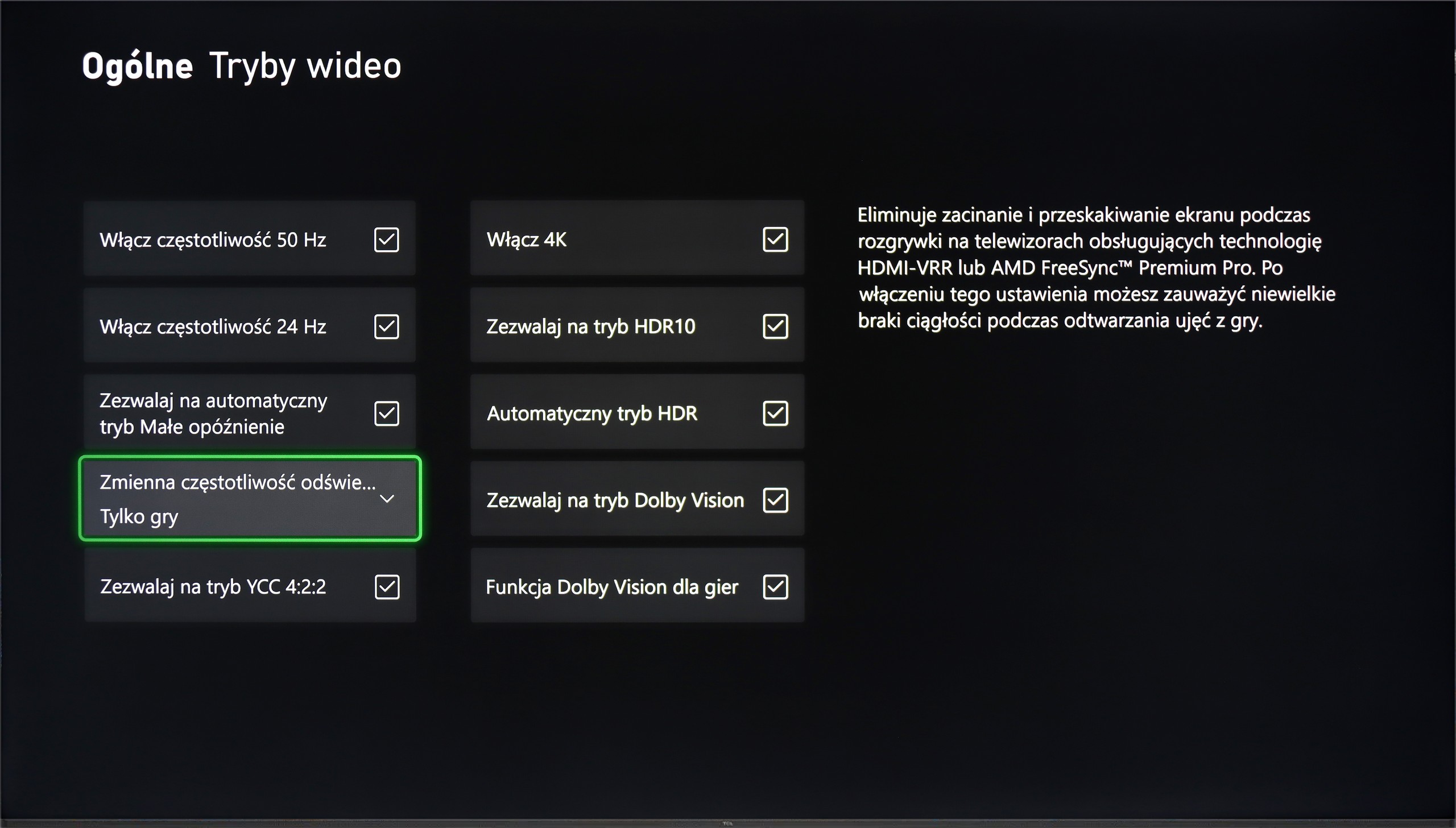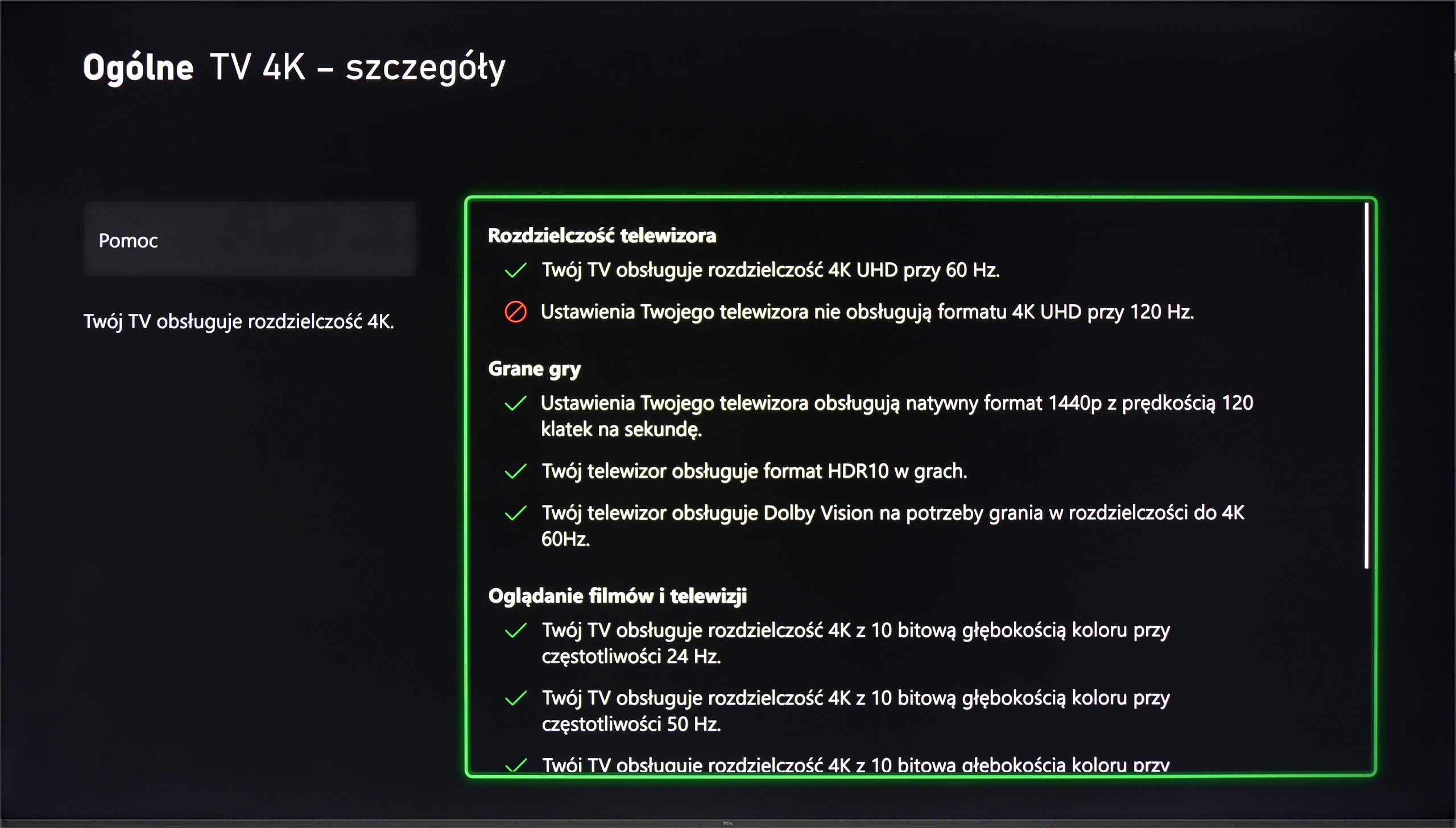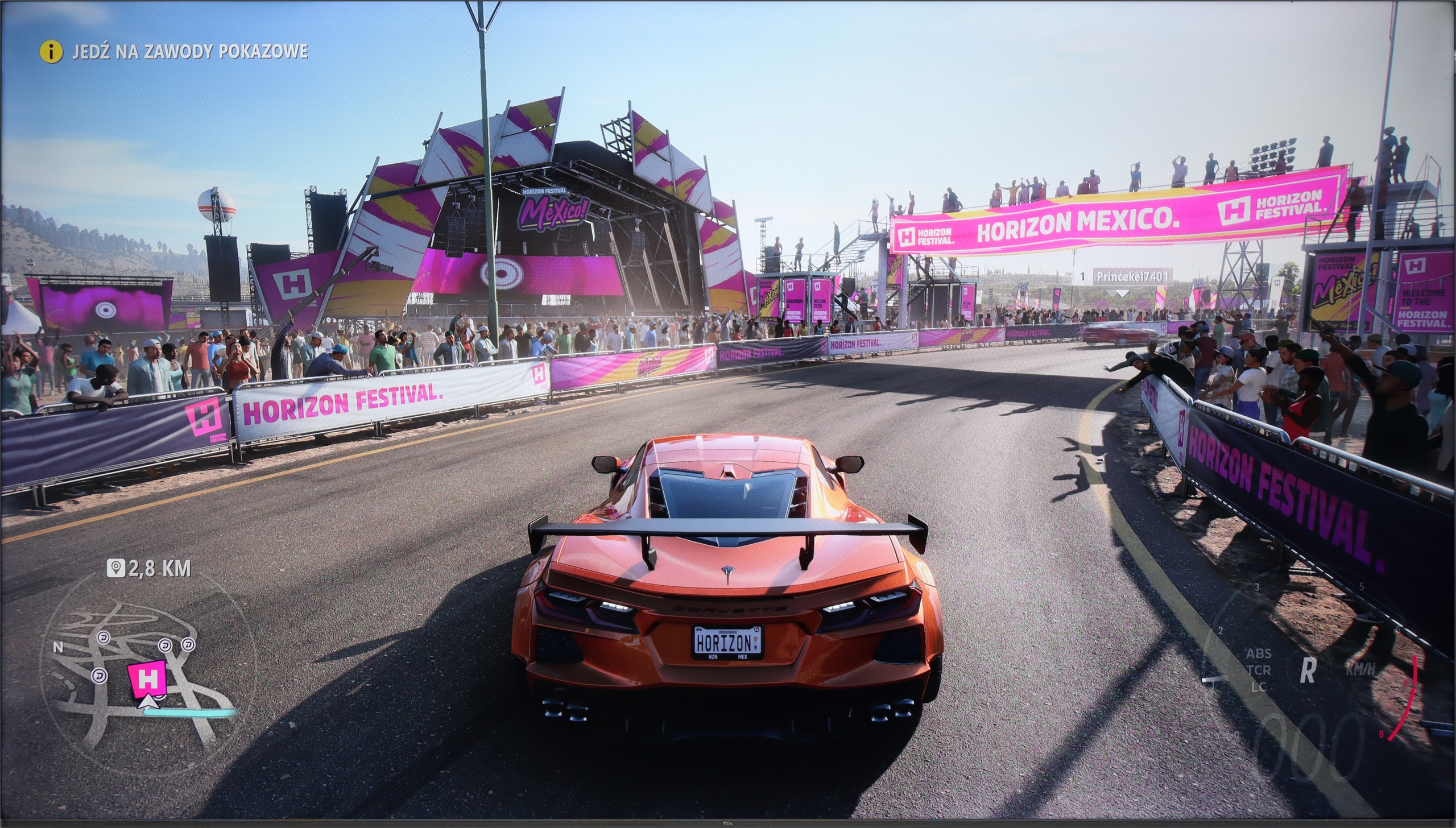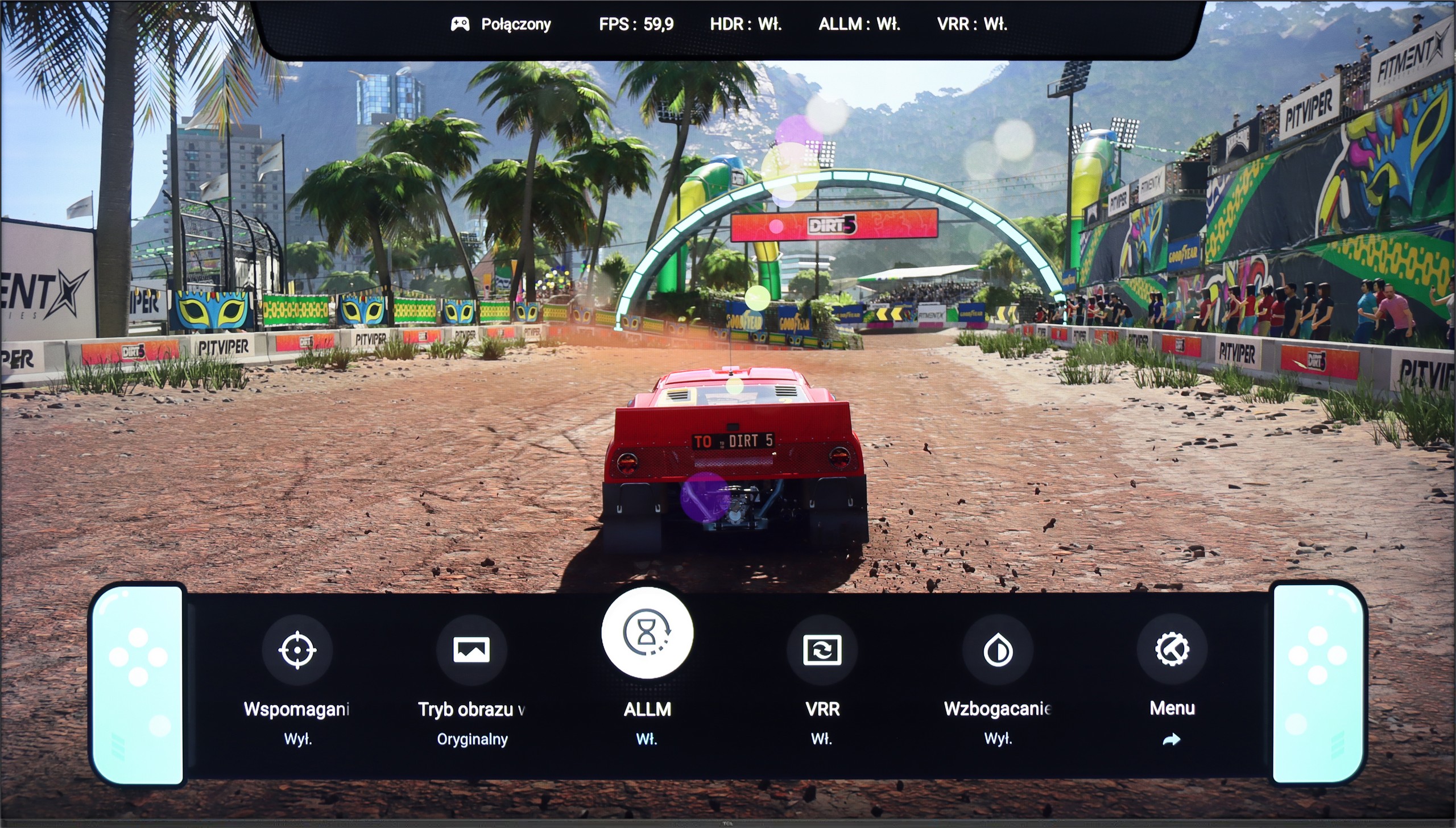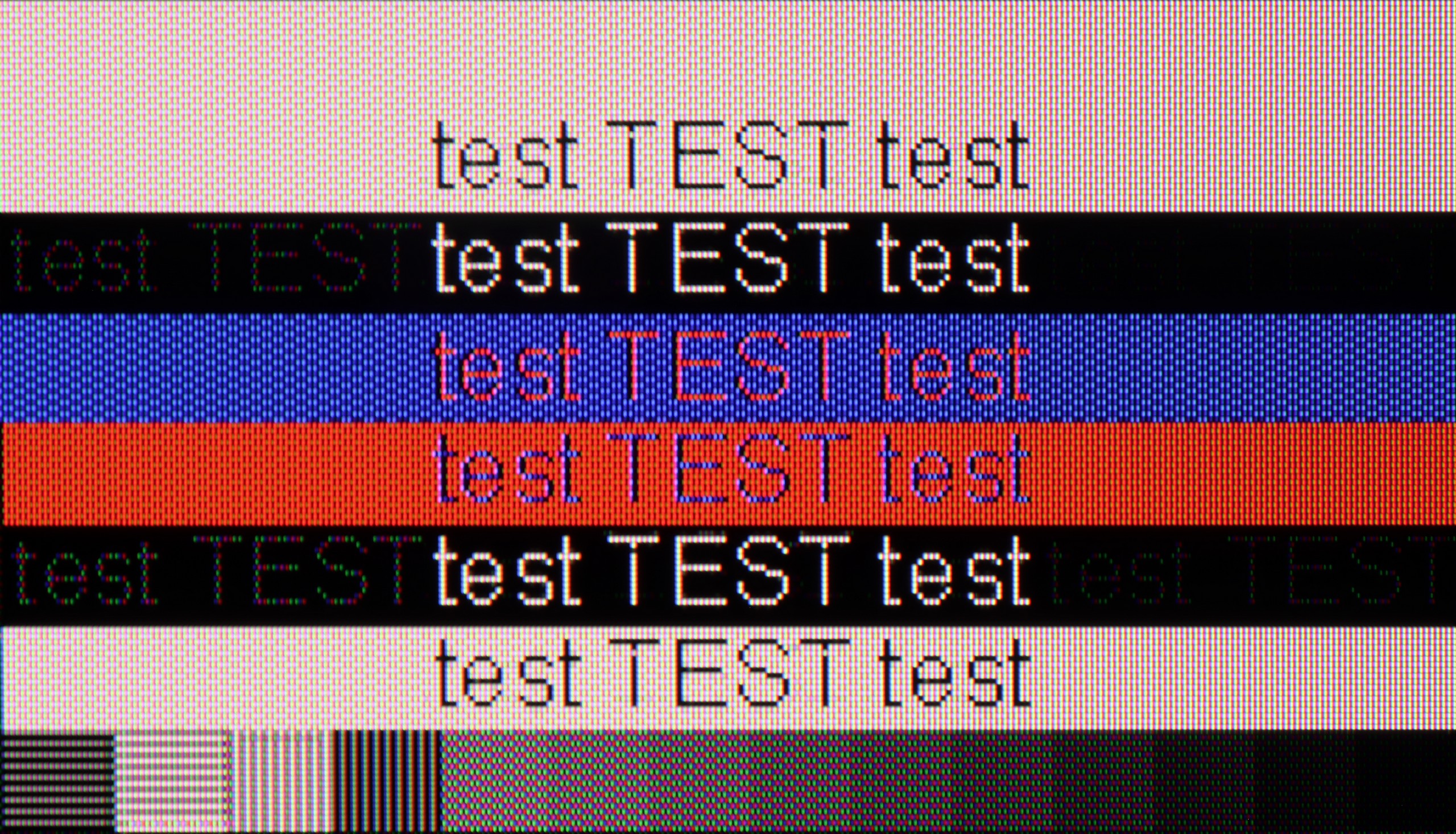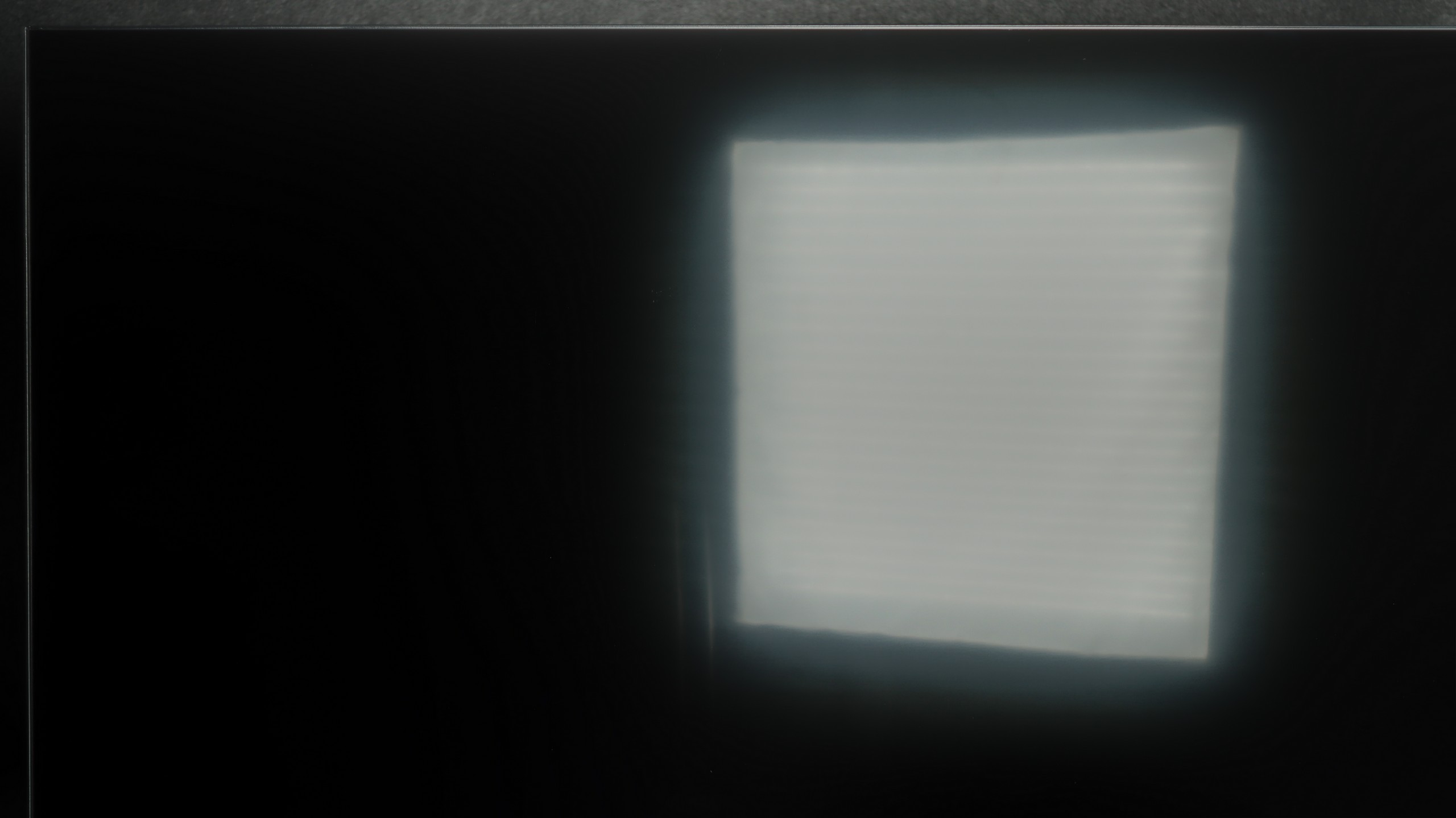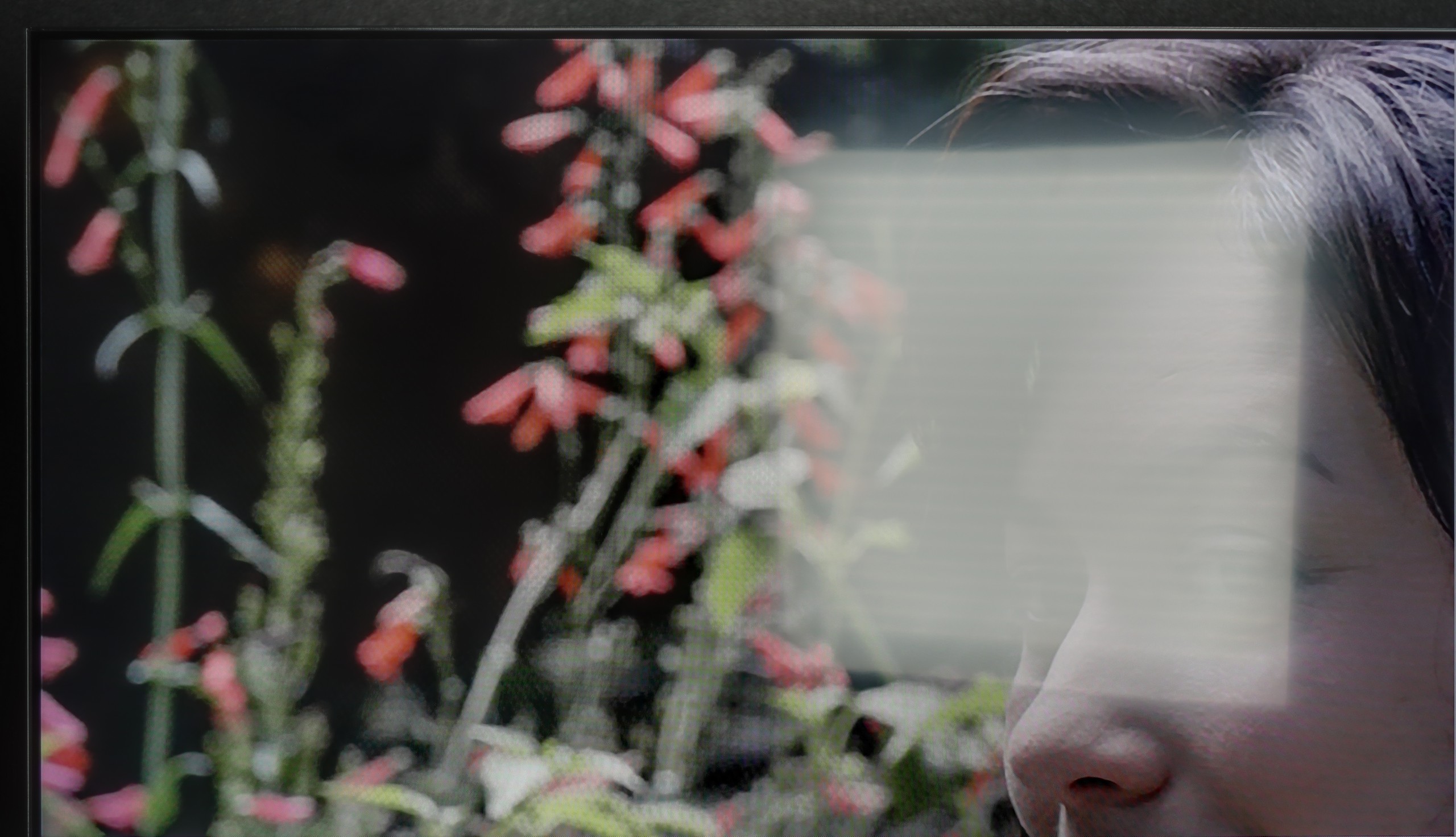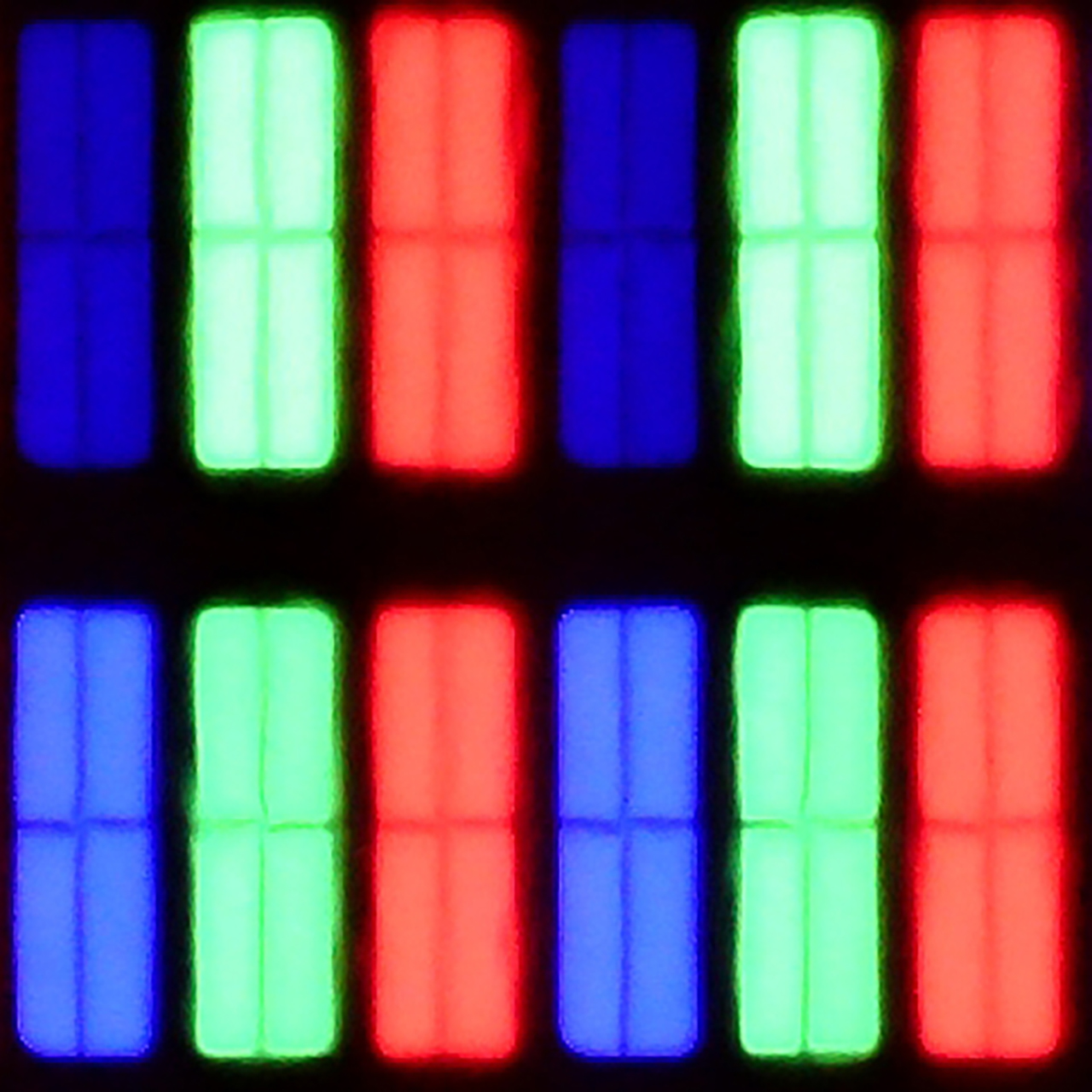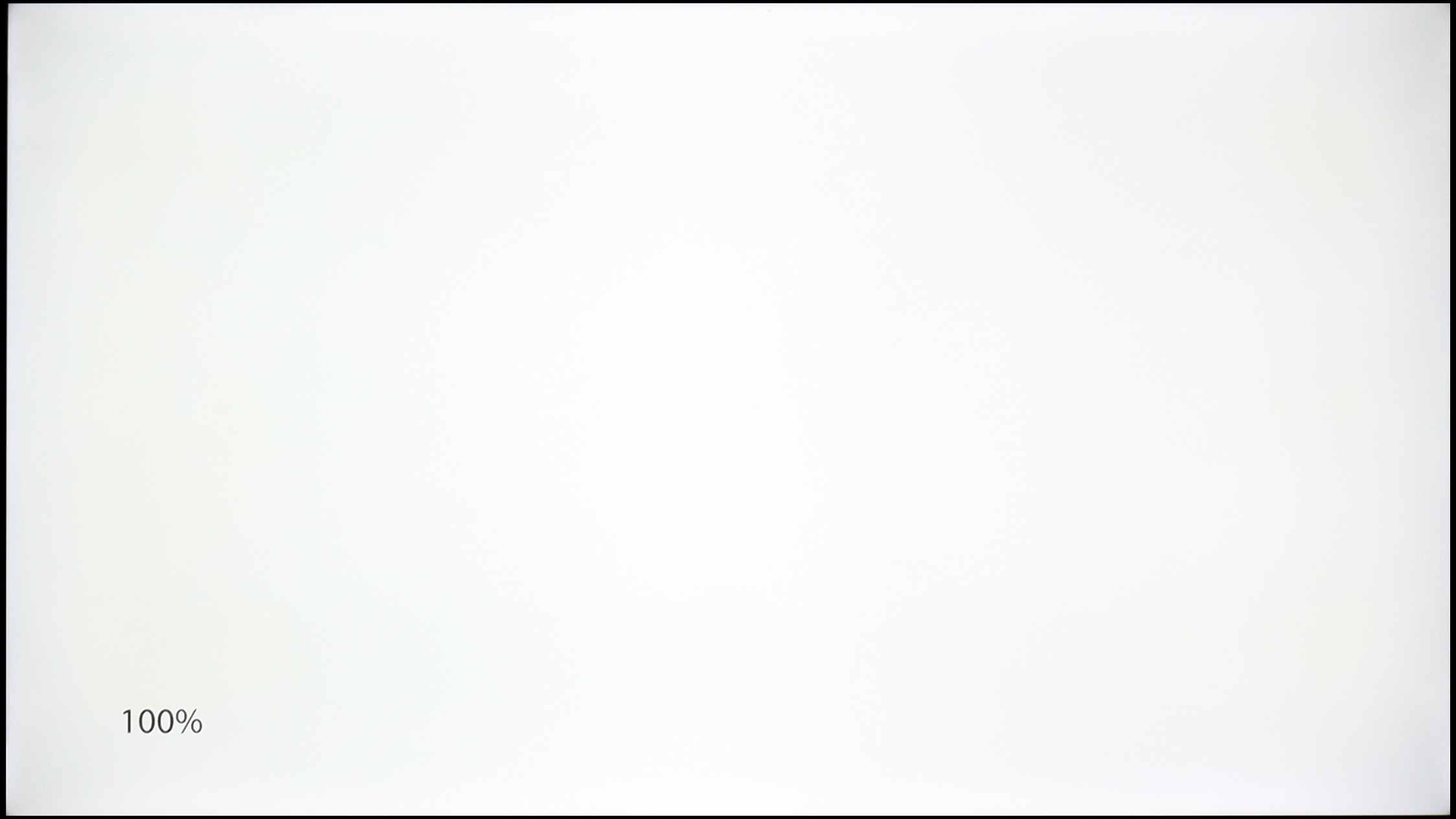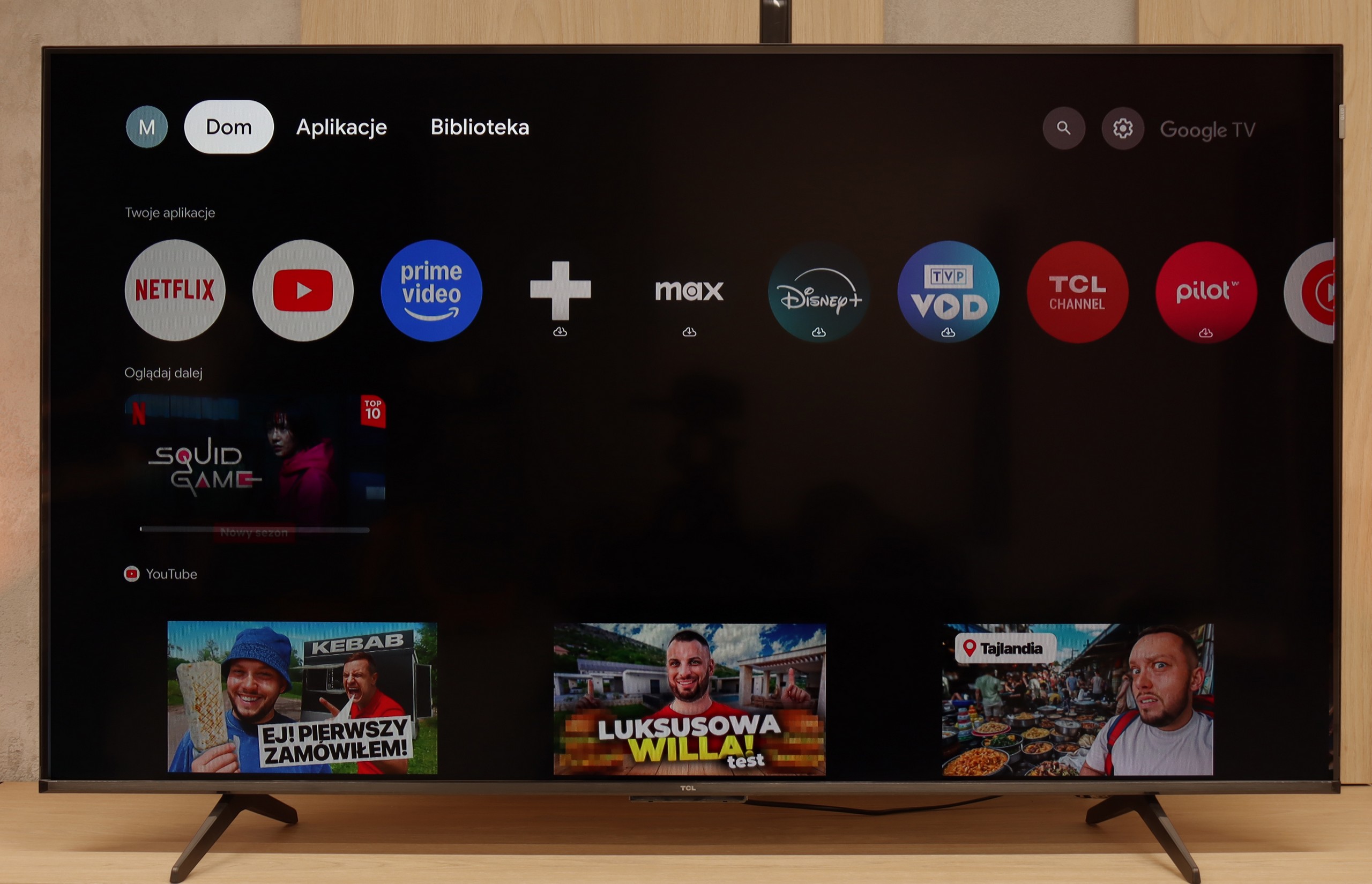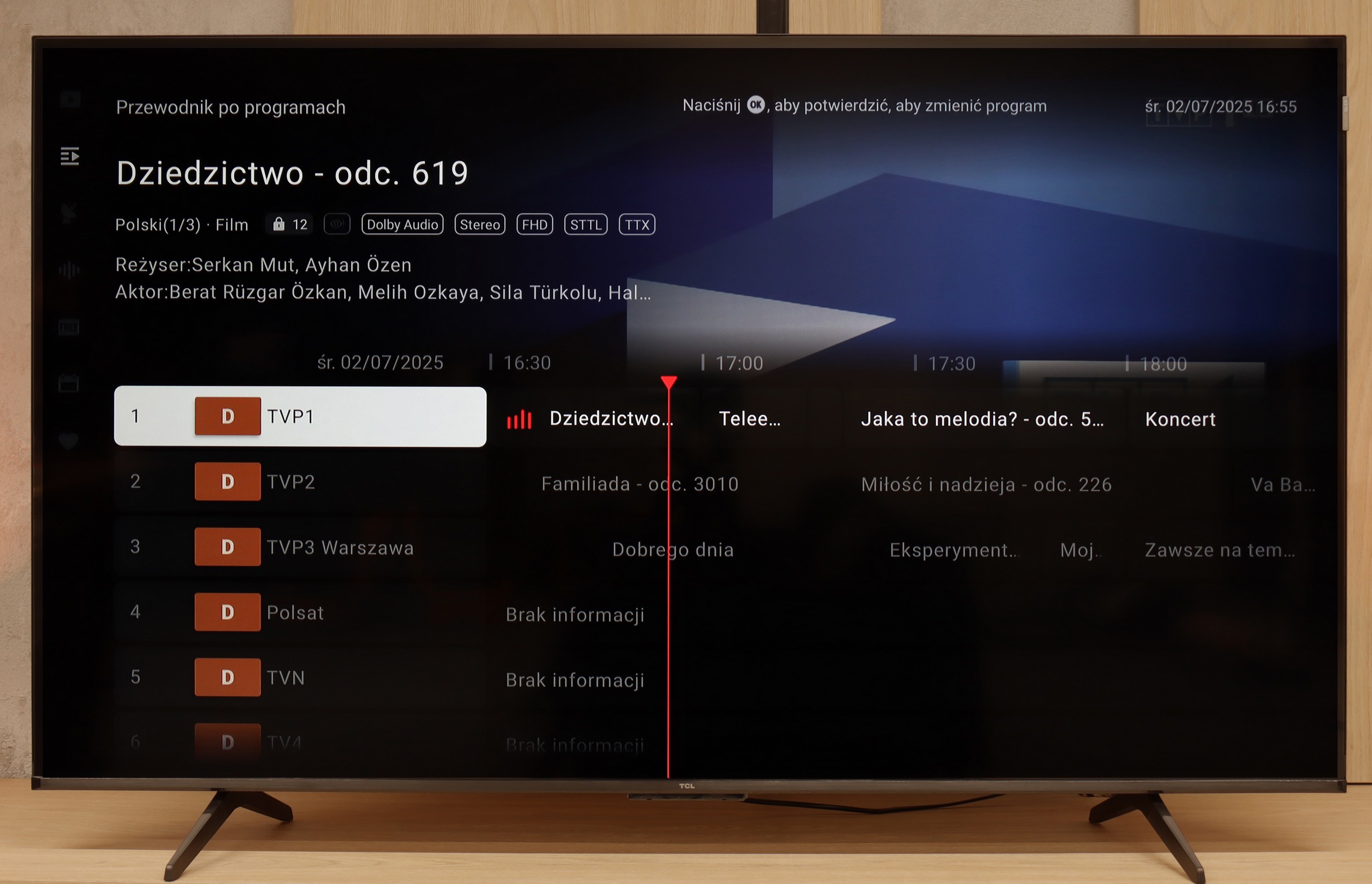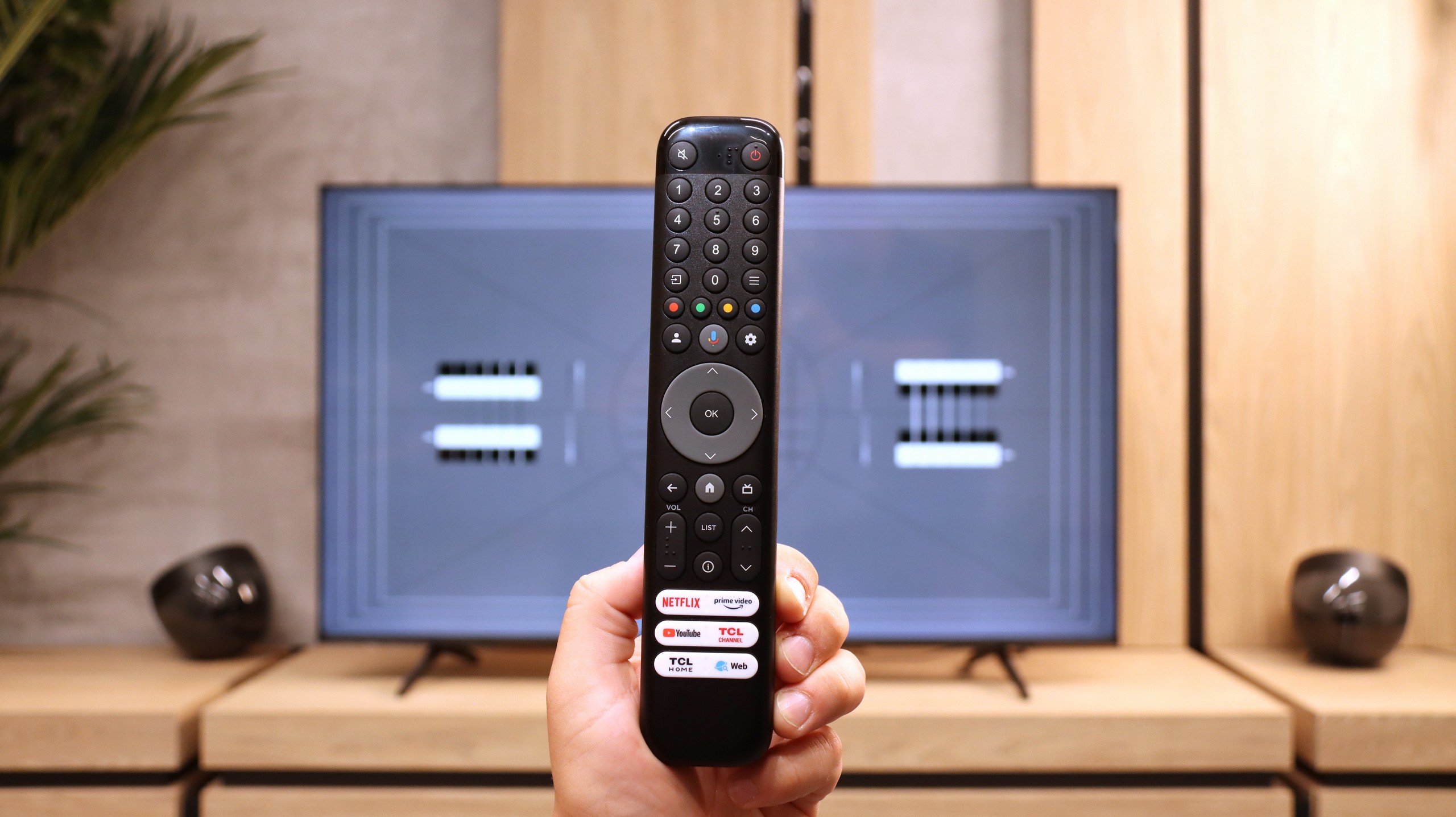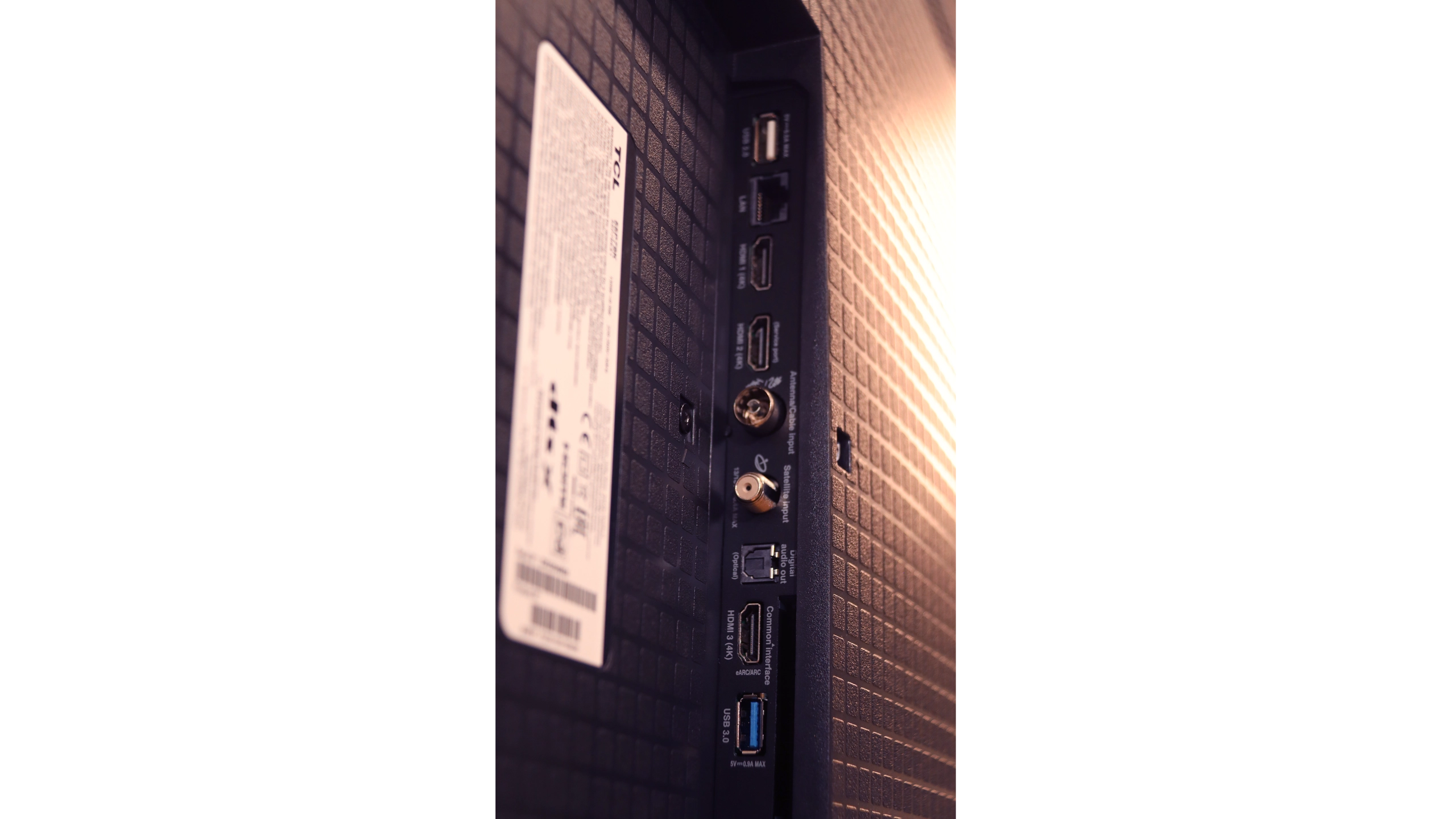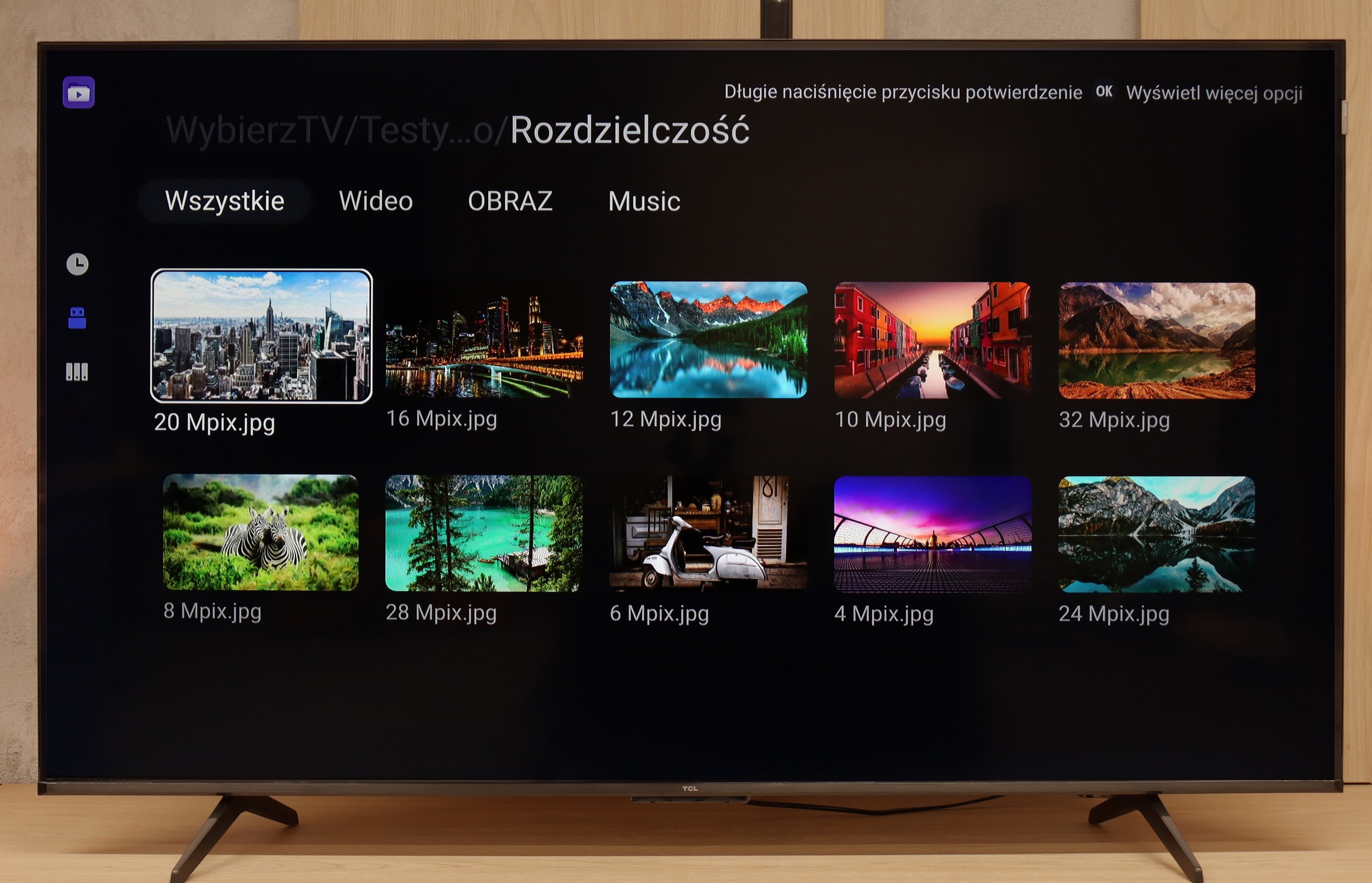The Samsung Q60D operates on the proprietary Tizen system, which, while not as open as Google’s OS and with some limitations regarding app availability, is likely to satisfy most users. The interface is clean and intuitive, providing straightforward access to popular streaming services like Netflix, YouTube, and Prime Video. Users will appreciate the customisable home screen, allowing for quick access to favourite apps and content. One potential drawback is the absence of a recording function, which may disappoint those wanting to save shows or films for later viewing. However, the inclusion of AirPlay is a pleasant surprise, facilitating seamless content streaming from Apple devices such as iPhones and iPads, enabling users to share photos, videos, and other media without cables.
The TV also supports Bluetooth connectivity, allowing the use of various peripherals like wireless headphones and soundbars, enhancing user convenience. The remote control is slim, stylish, and ergonomic, featuring an internal rechargeable battery that can be powered via USB-C or solar energy, eliminating the need for disposable batteries. It can also control external devices, such as the NC+/Canal+ decoder.
Furthermore, the SmartThings app for Android and iOS enables the TV to integrate with other smart devices around the home. This feature allows users to remotely control elements like Philips Hue smart lighting, Yeelight, and other compatible products. As a result, the Samsung Q60D can act as a central hub for a smart home, streamlining the management of everyday tasks and enhancing the entertainment experience.
Smart Features – the Power of Google TV
The heart and brain of the TCL P7K / P79K is the Google TV system, which in itself is a huge advantage. This platform provides access to an almost endless library of applications from the Play Store, ensuring that we won't be missing any key streaming service. Integration with other devices is exemplary – Apple device owners will appreciate the seamless cooperation via AirPlay, while Windows and Android users will easily take advantage of the screen mirroring feature. It is also worth highlighting the Google Assistant, which performs fantastically with voice searches in Polish, remaining one of the most effective and convenient solutions of its kind on the market. The operation of the system on the tested model can be described as "average plus." The interface is mostly smooth, but during testing, it experienced occasional slowdowns and even sporadic "freezes" requiring a moment of patience. Minor hiccups are also visible in the translation of some system messages, which can be awkward – however, these are just small oversights on TCL's part, not affecting overall functionality.
Classic Features
In the age of smart systems, traditional television functions often take a back seat, and this is also the case here. A significant advantage is the inclusion of a classic remote control with a numeric keypad, which does not require precise aiming at the screen for communication, greatly enhancing user comfort. The presence of Bluetooth technology for connecting external devices, like headphones or speakers, should also be noted positively. However, this is where the list of conveniences basically ends. It is evident that TCL has placed nearly everything on the Google TV card, treating classic functions as an absolute minimum. Therefore, we will not find the option to record programs from built-in tuners to a USB drive or the once-popular PiP (Picture-in-Picture) feature. This is therefore a basic package that simply works, but does not offer anything beyond what is necessary.

